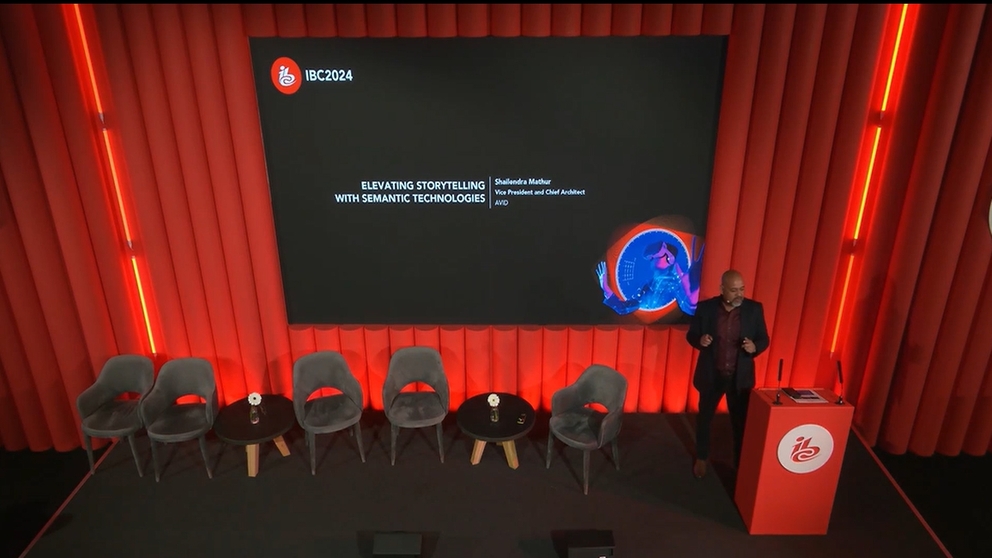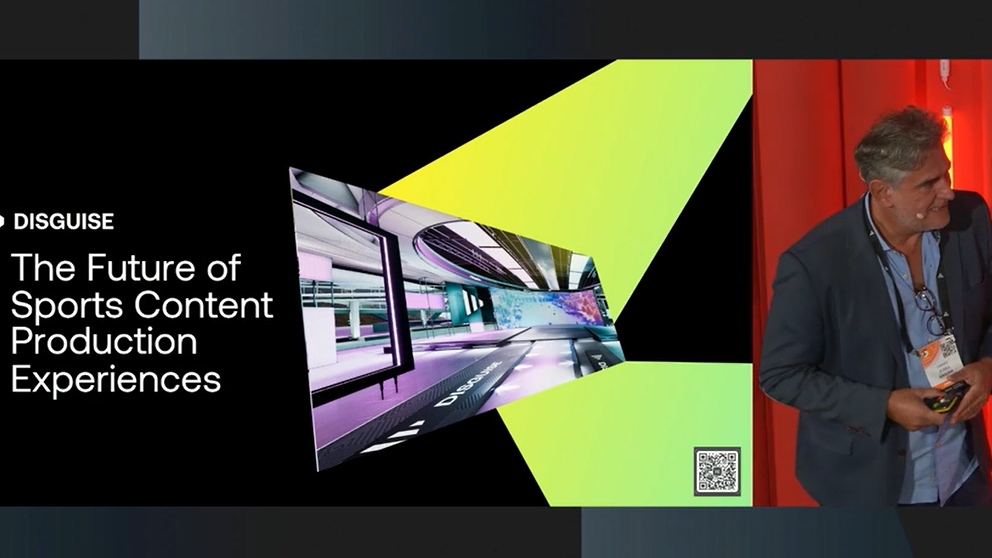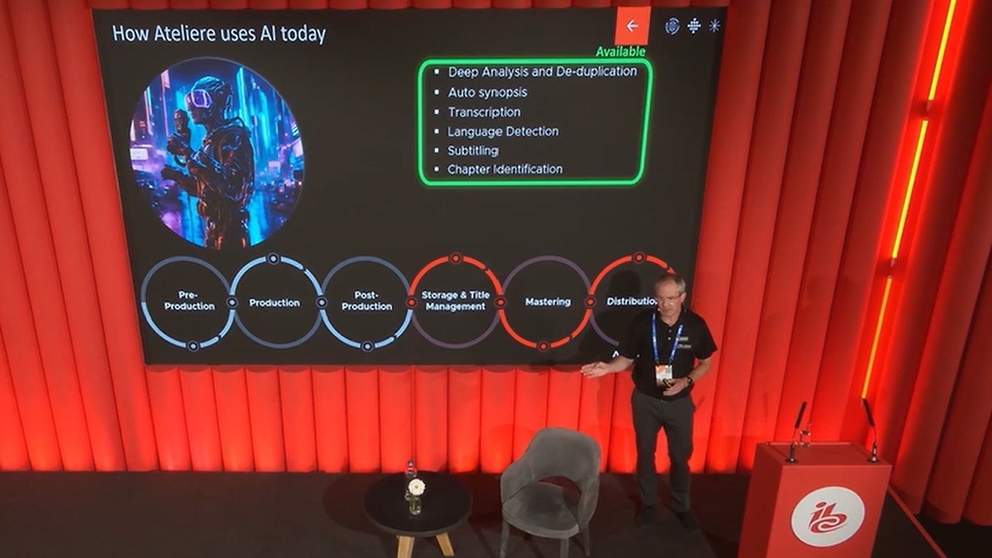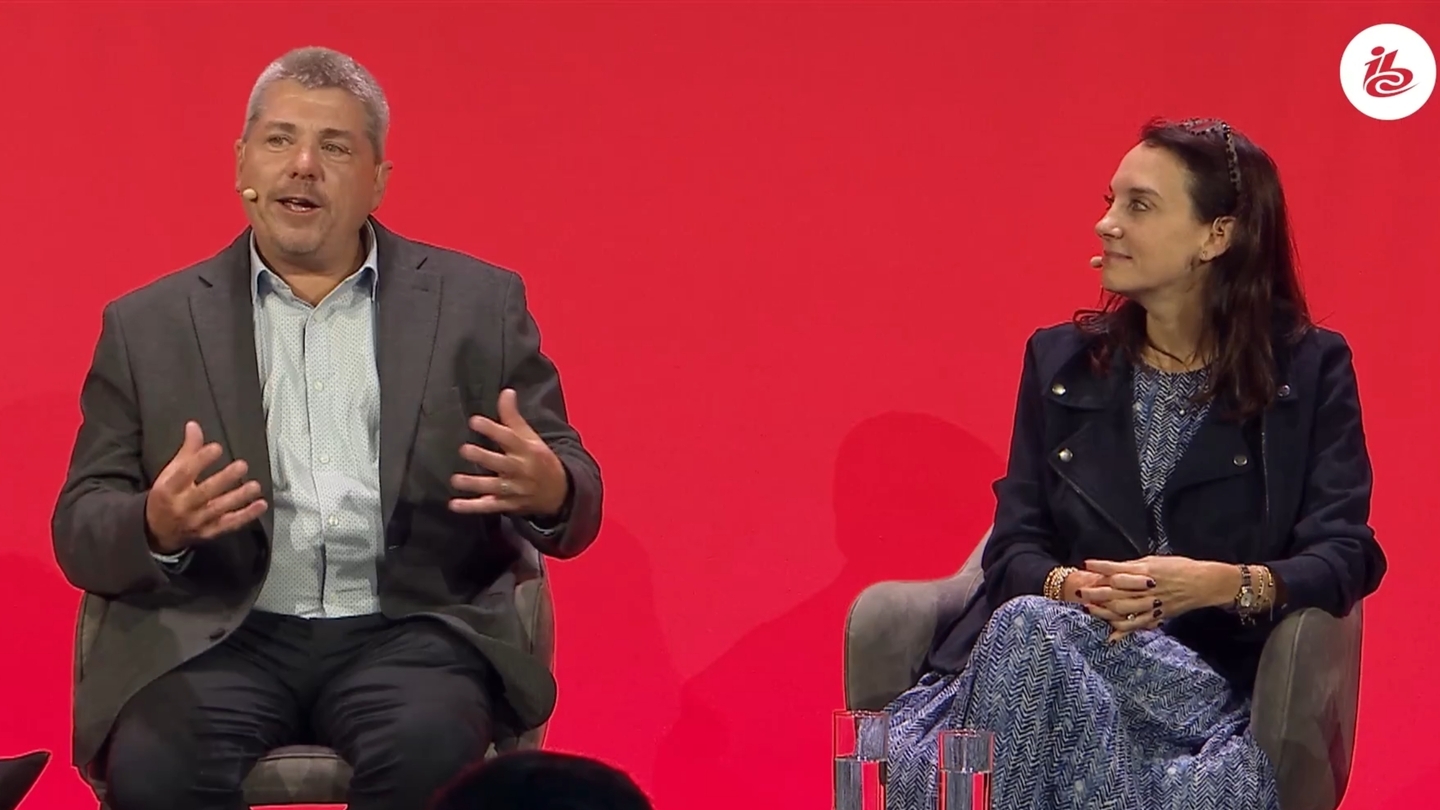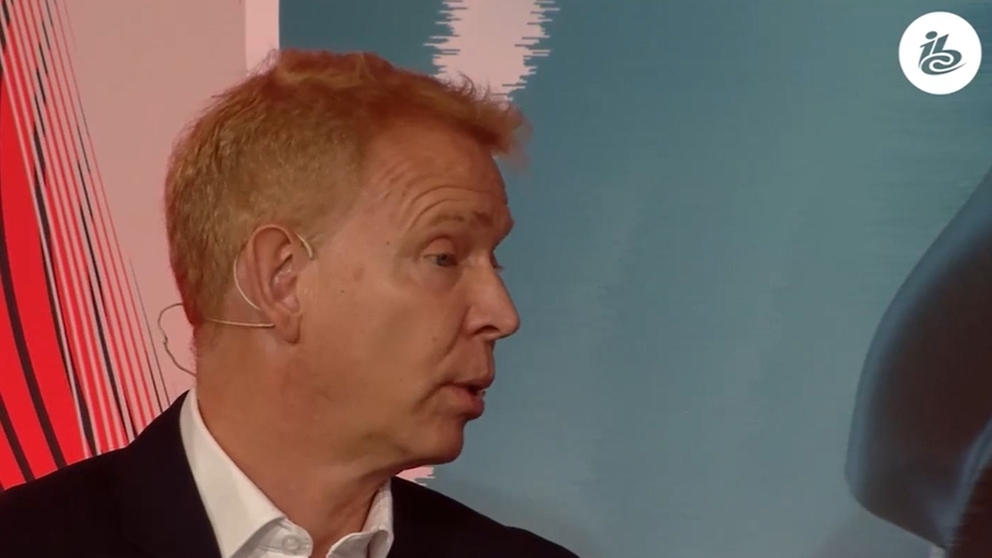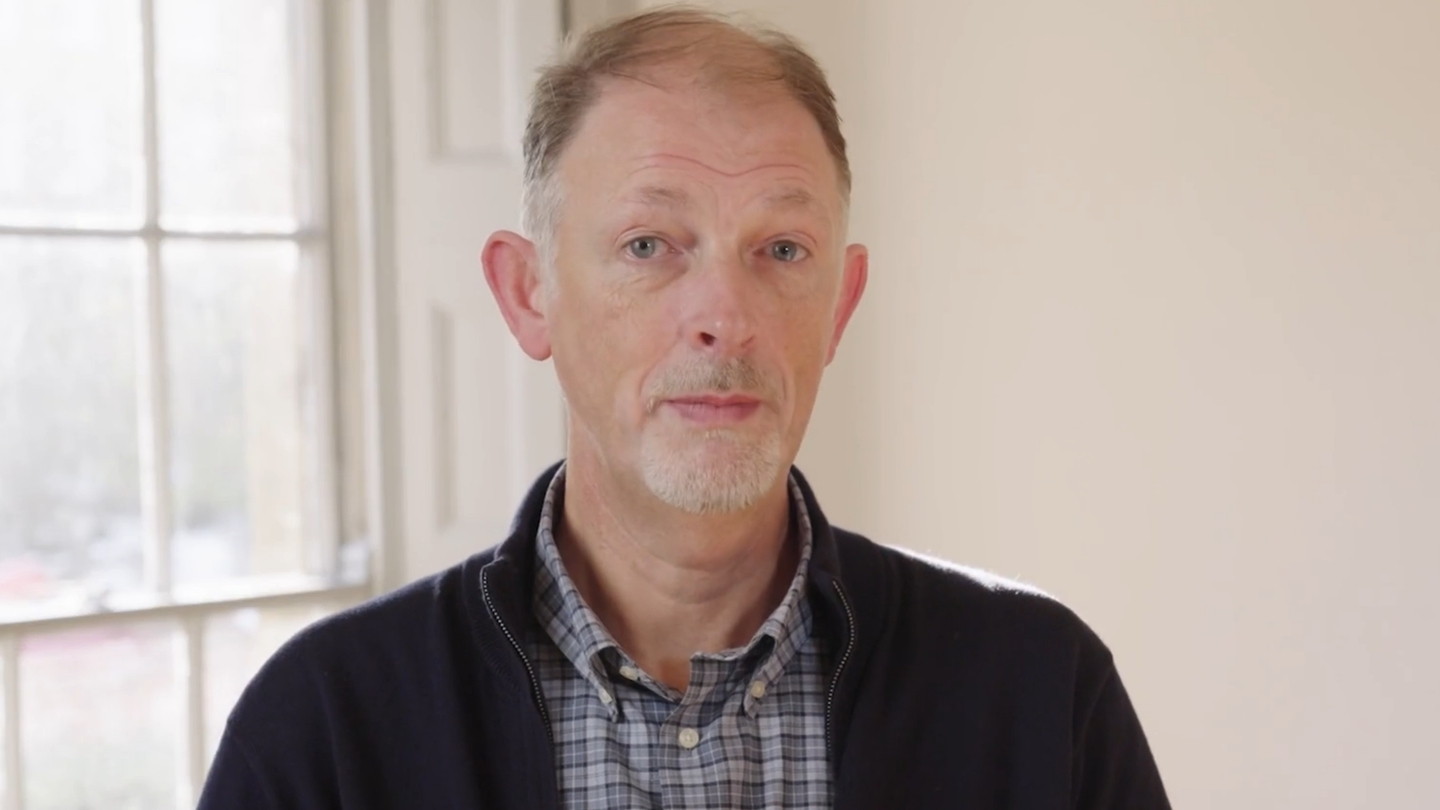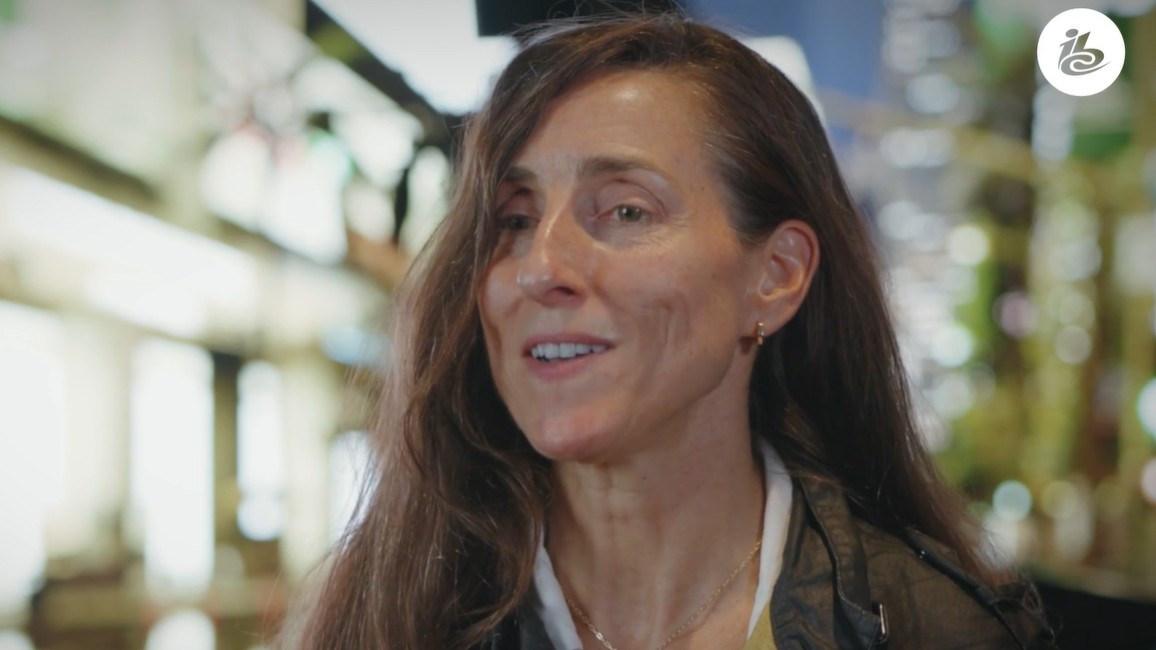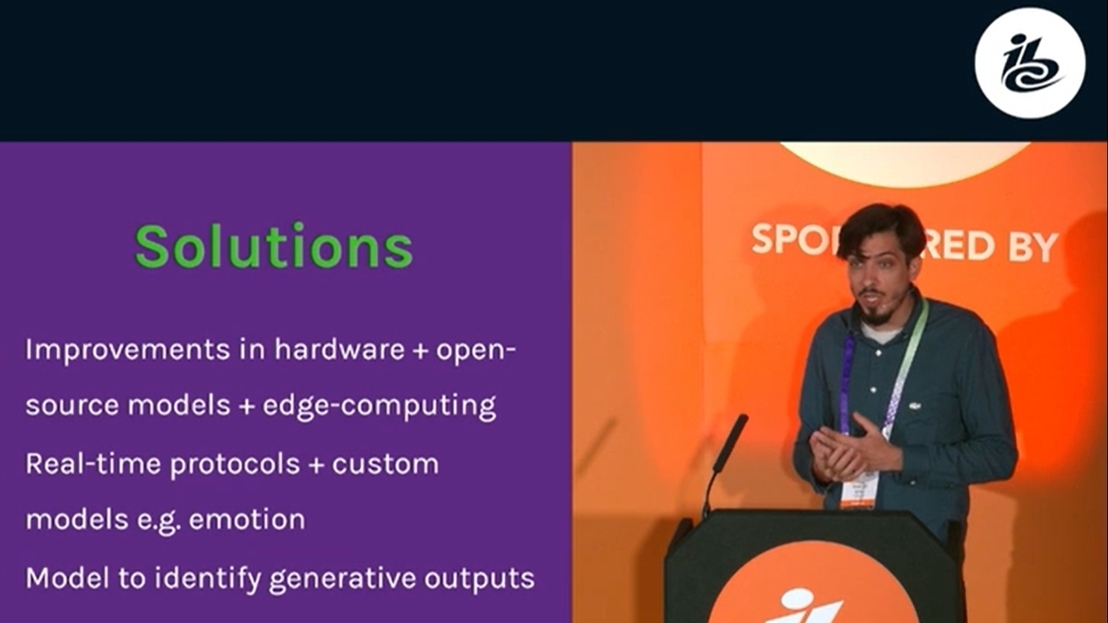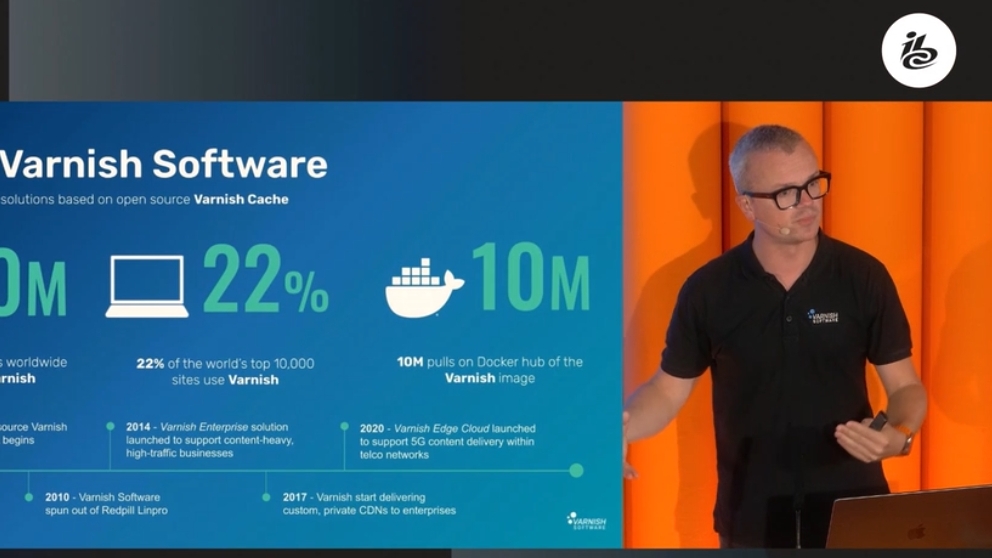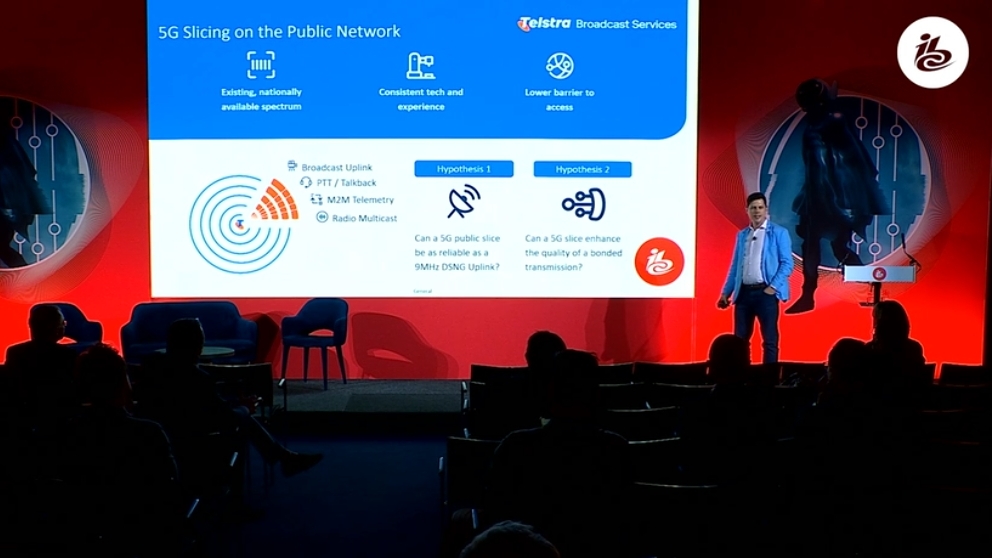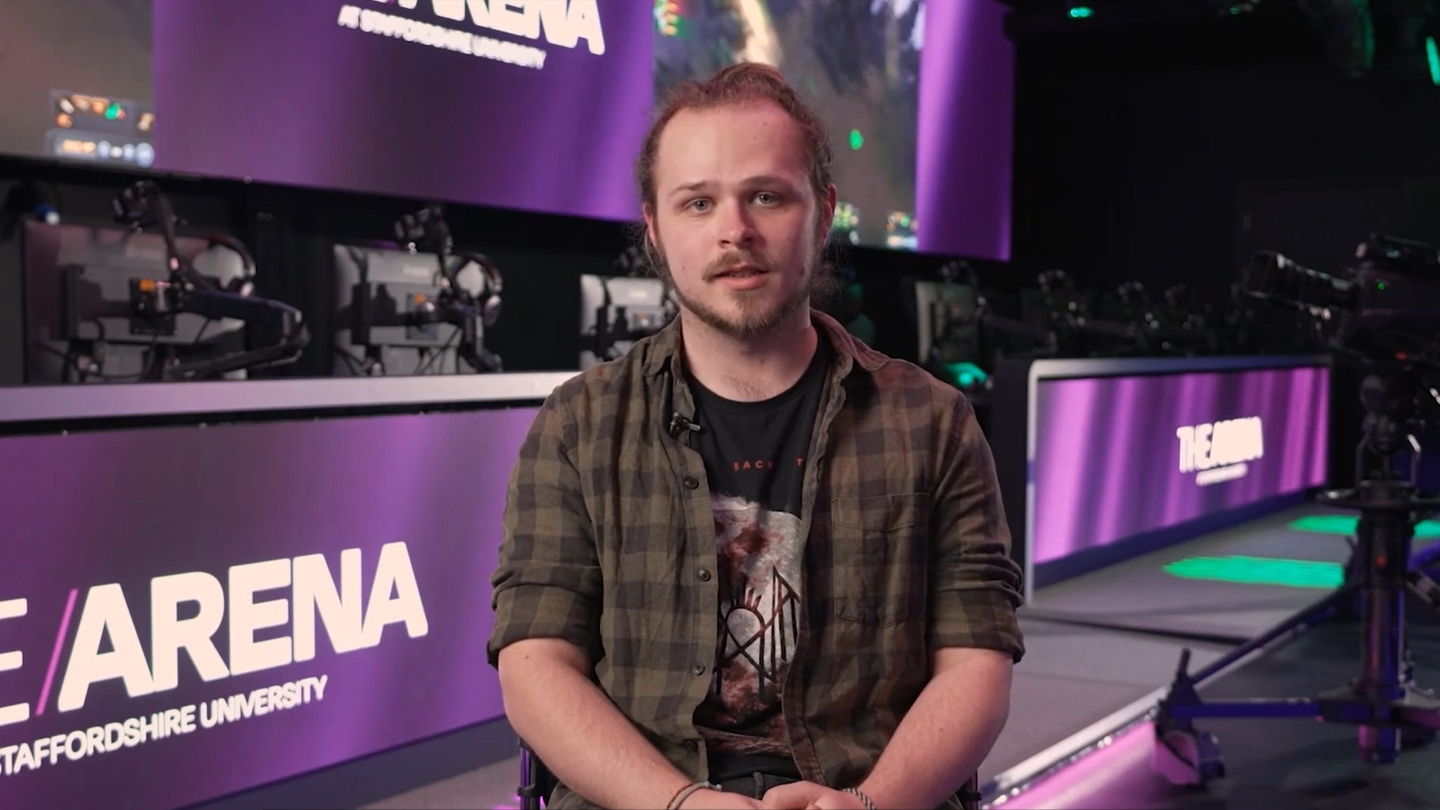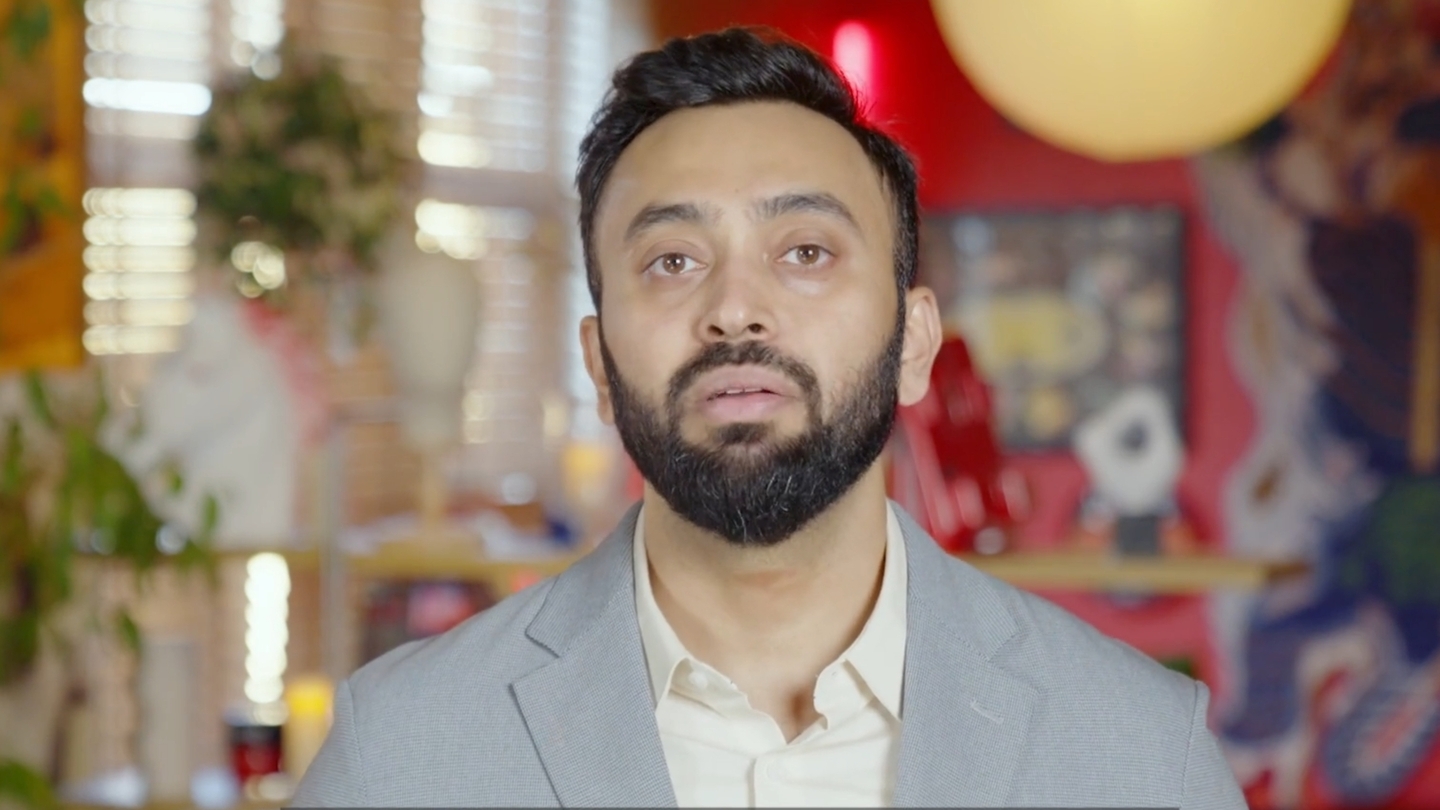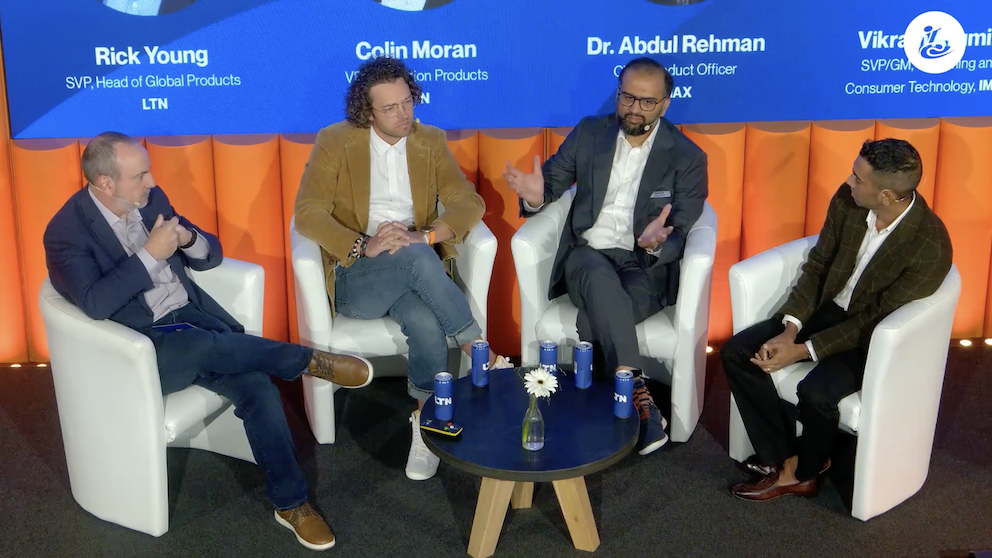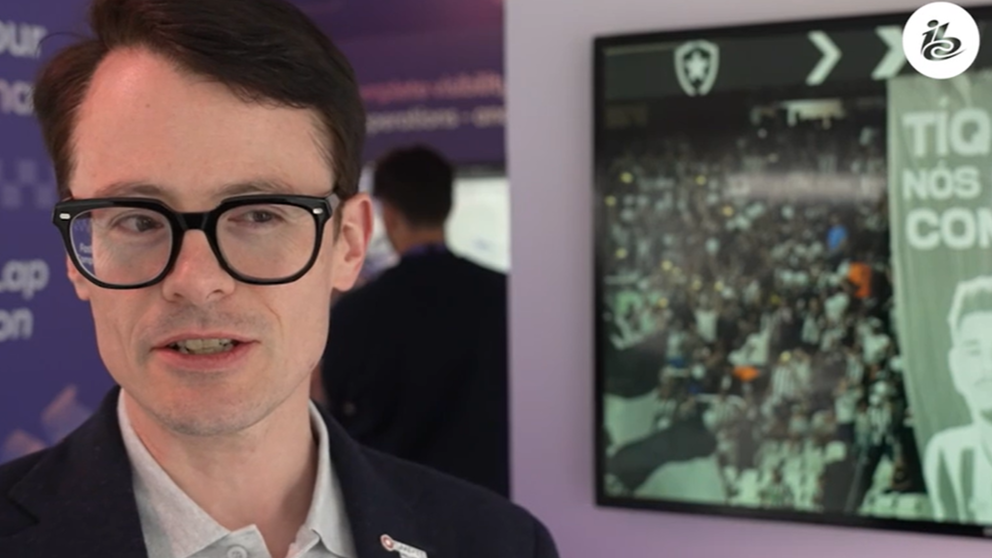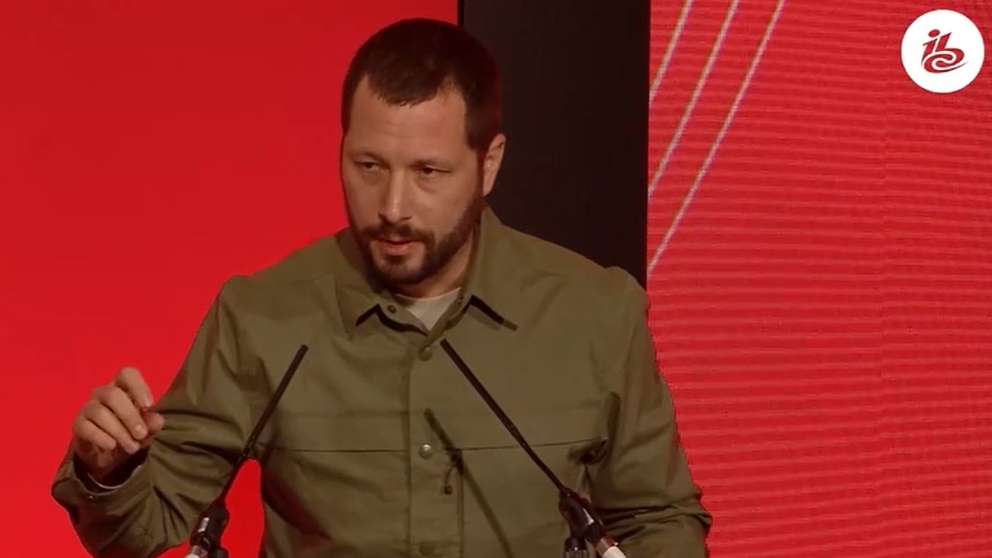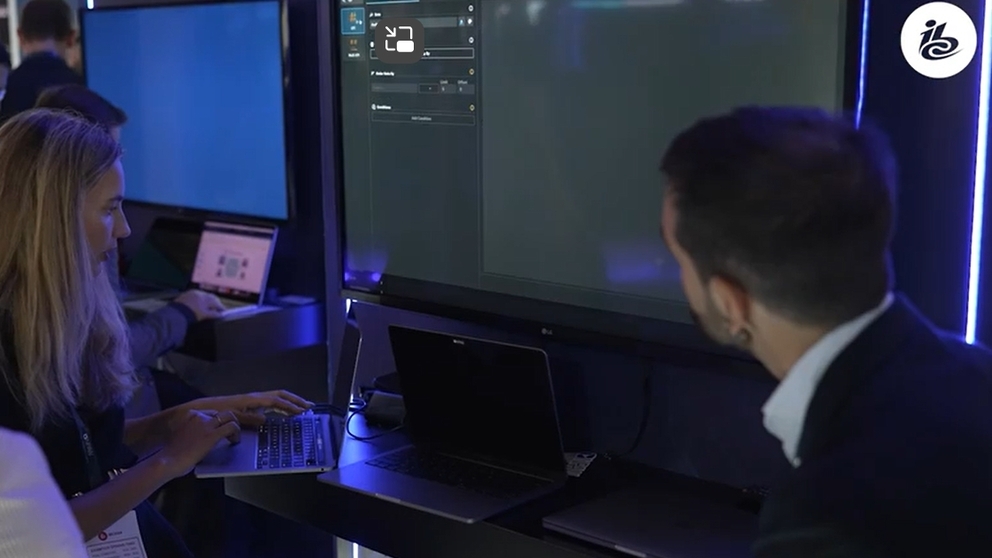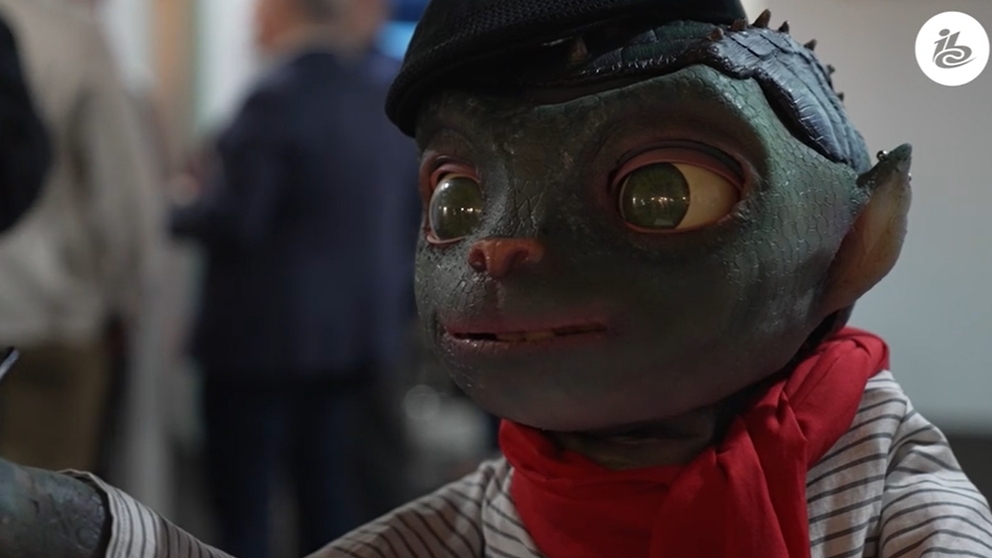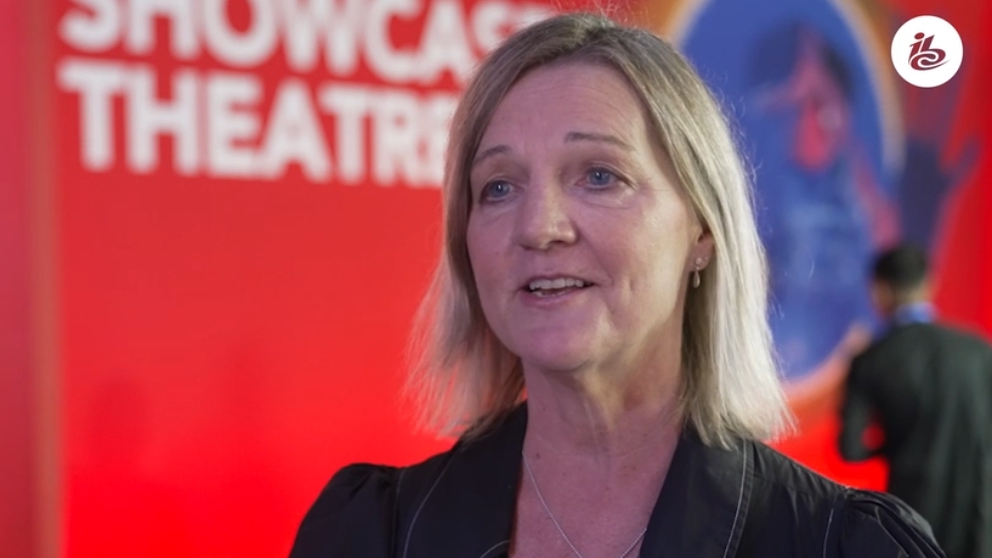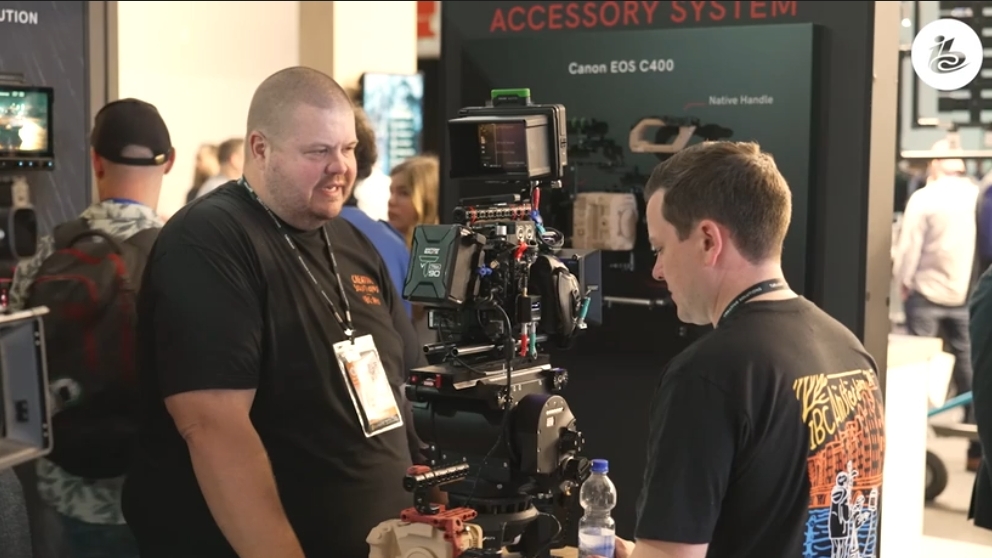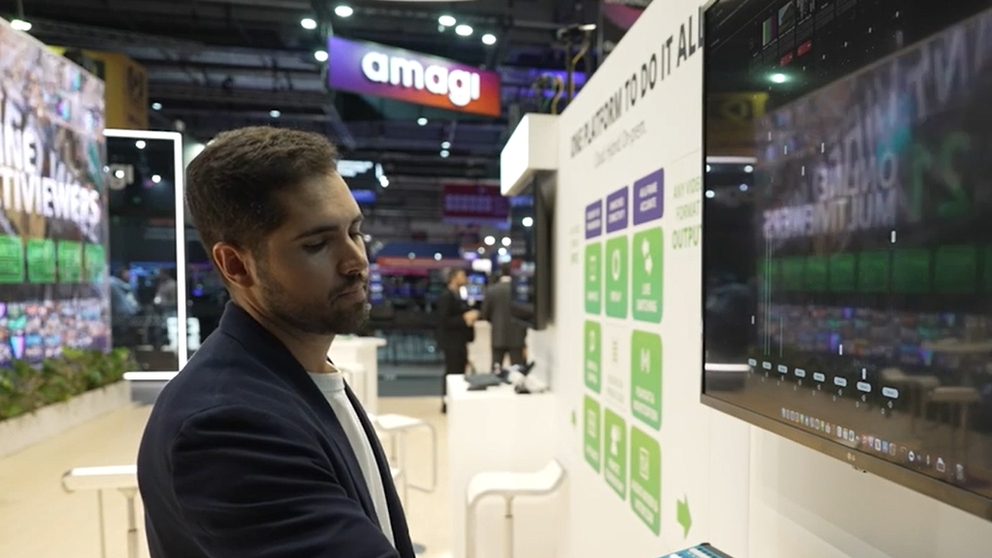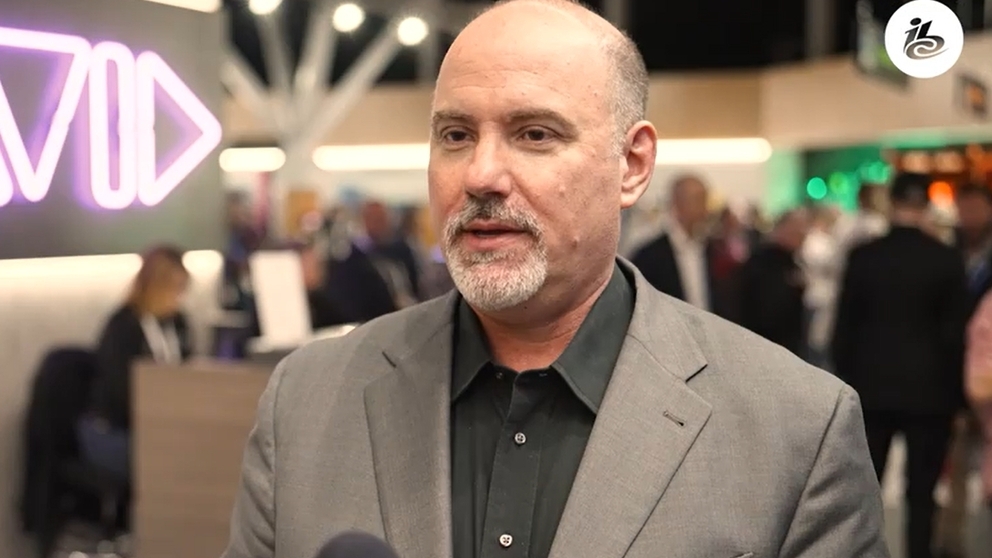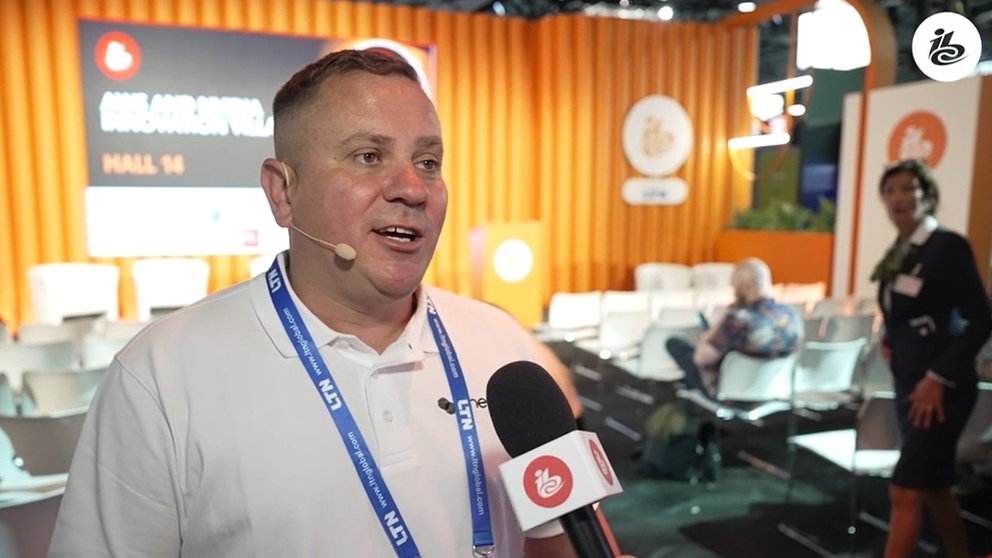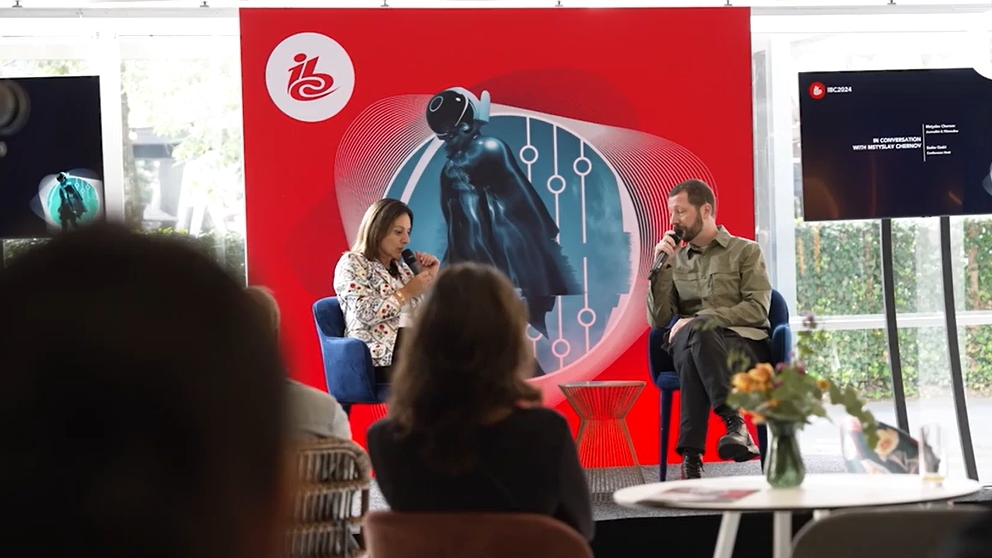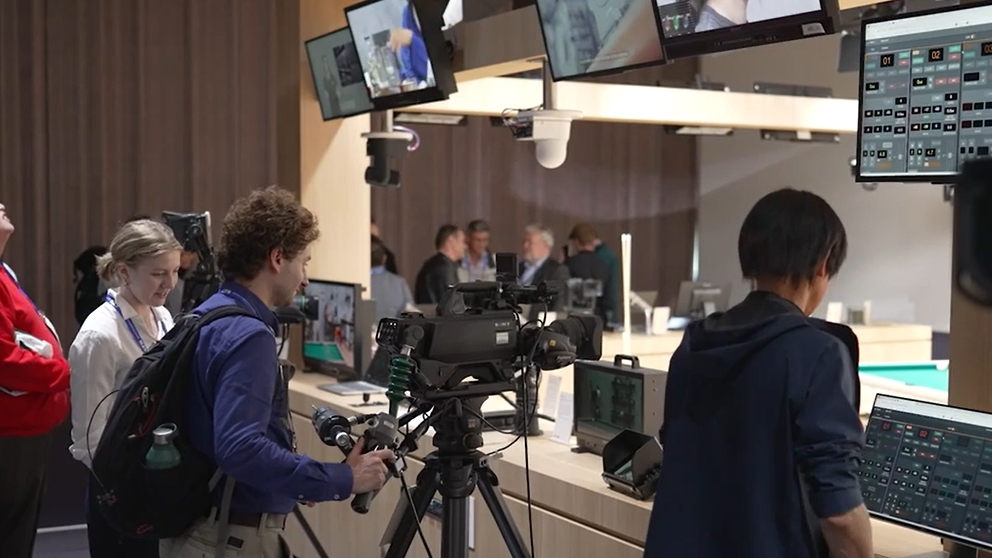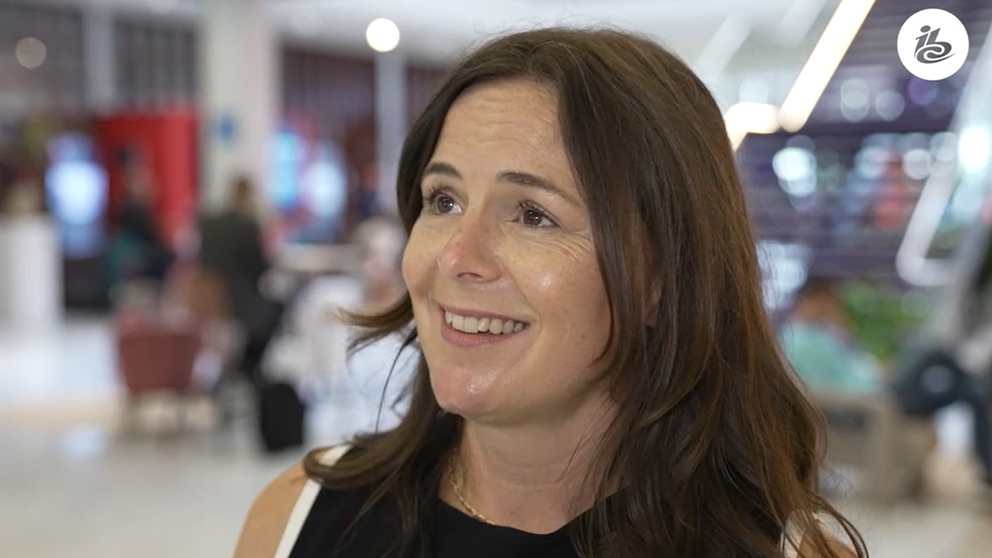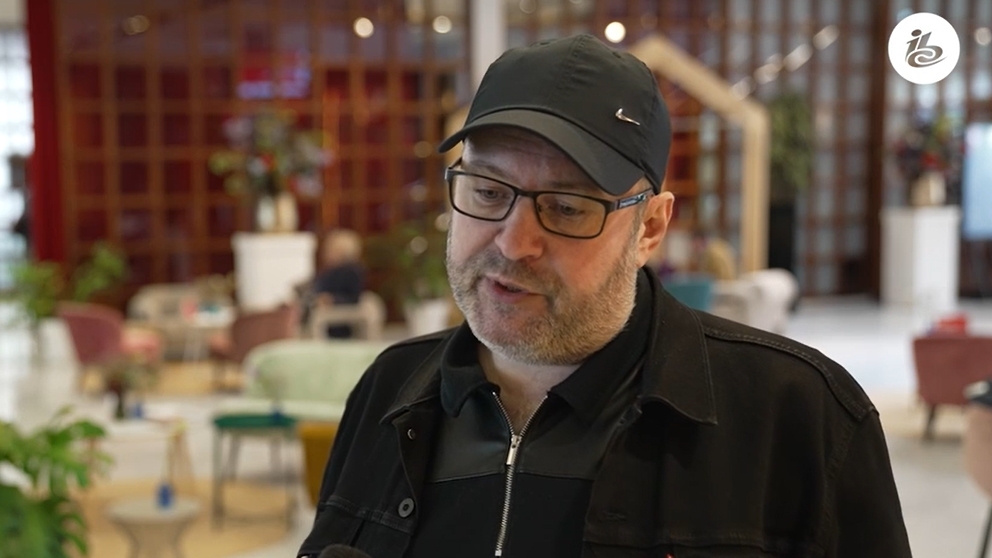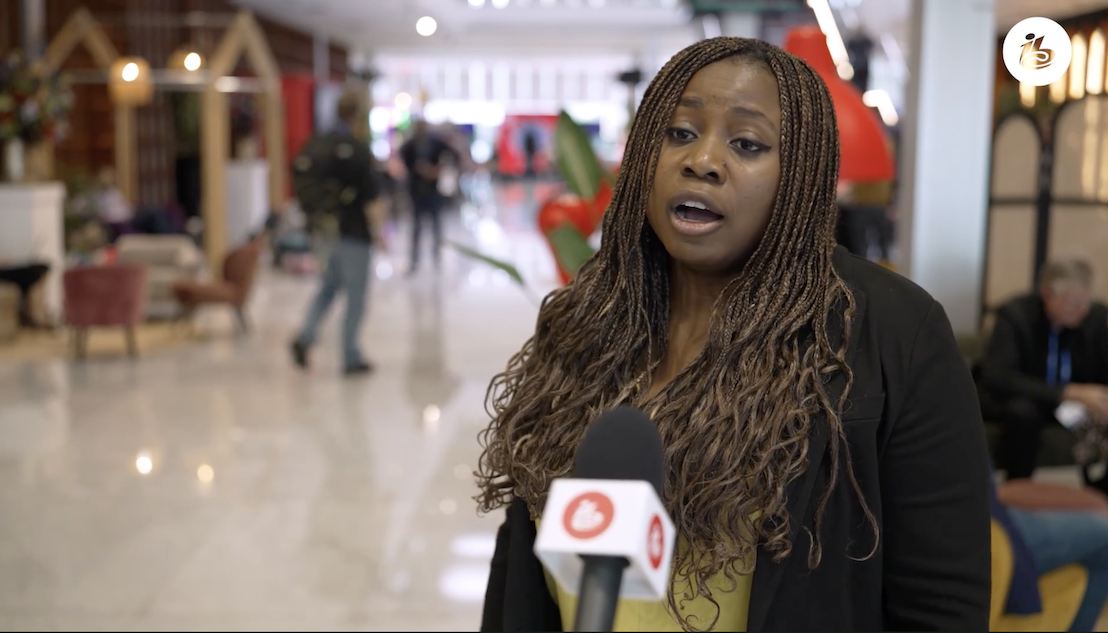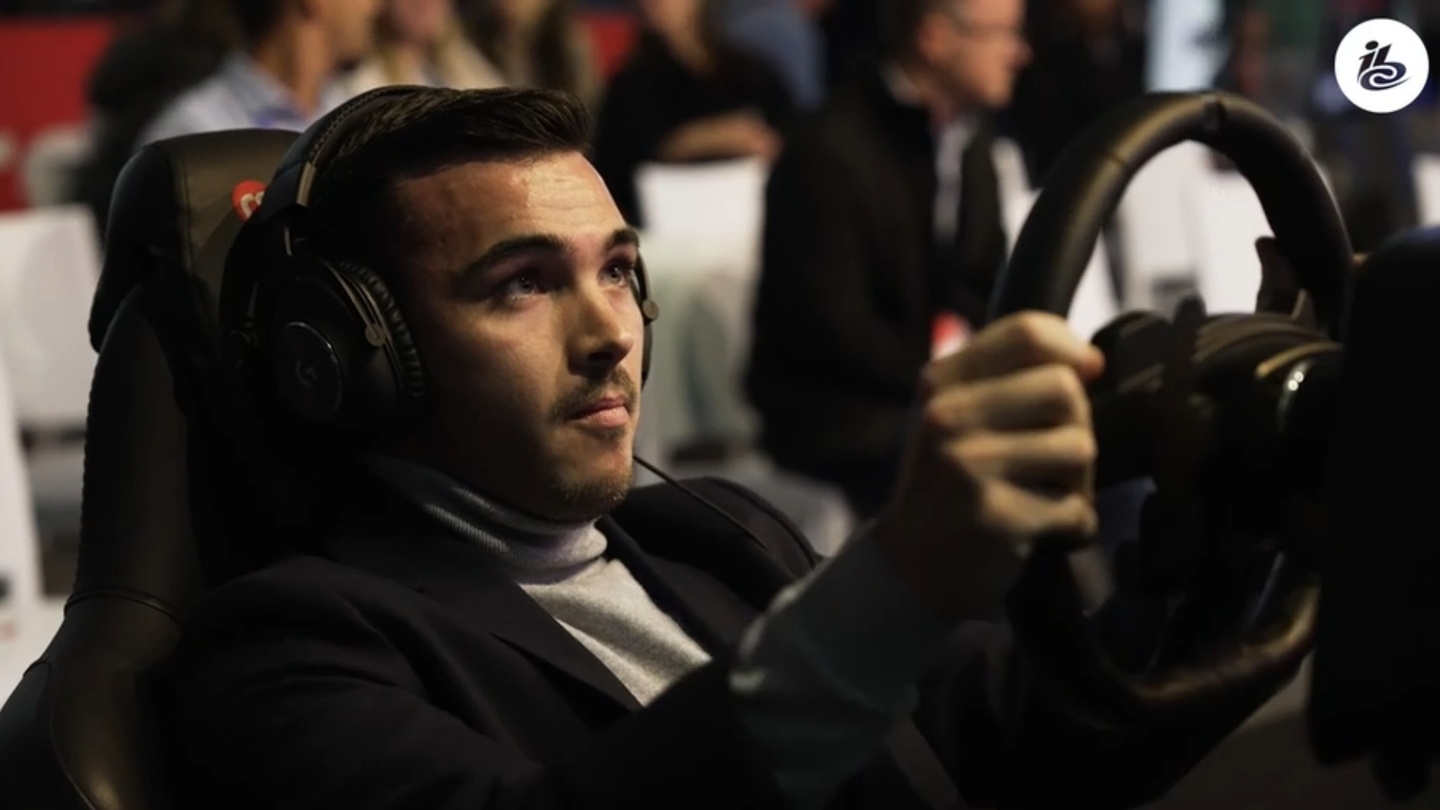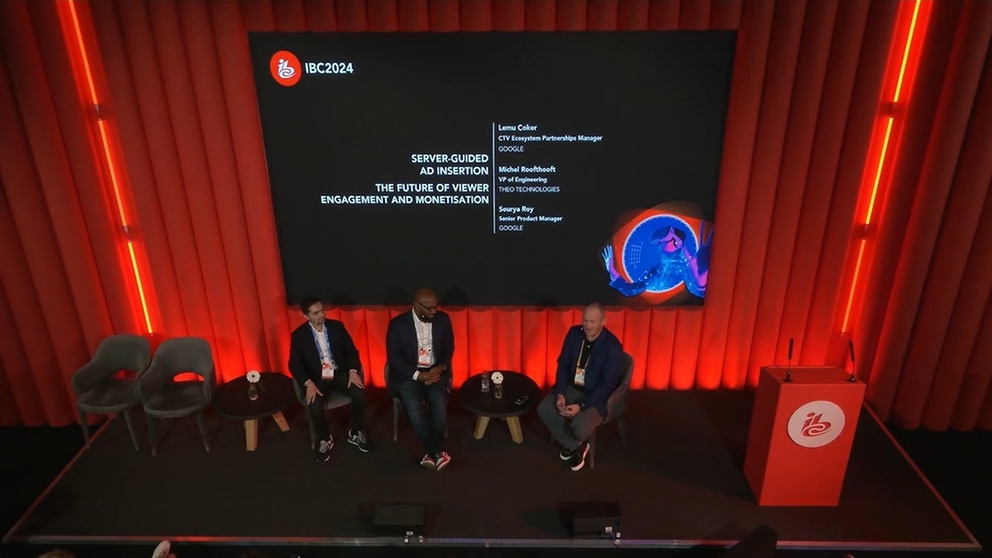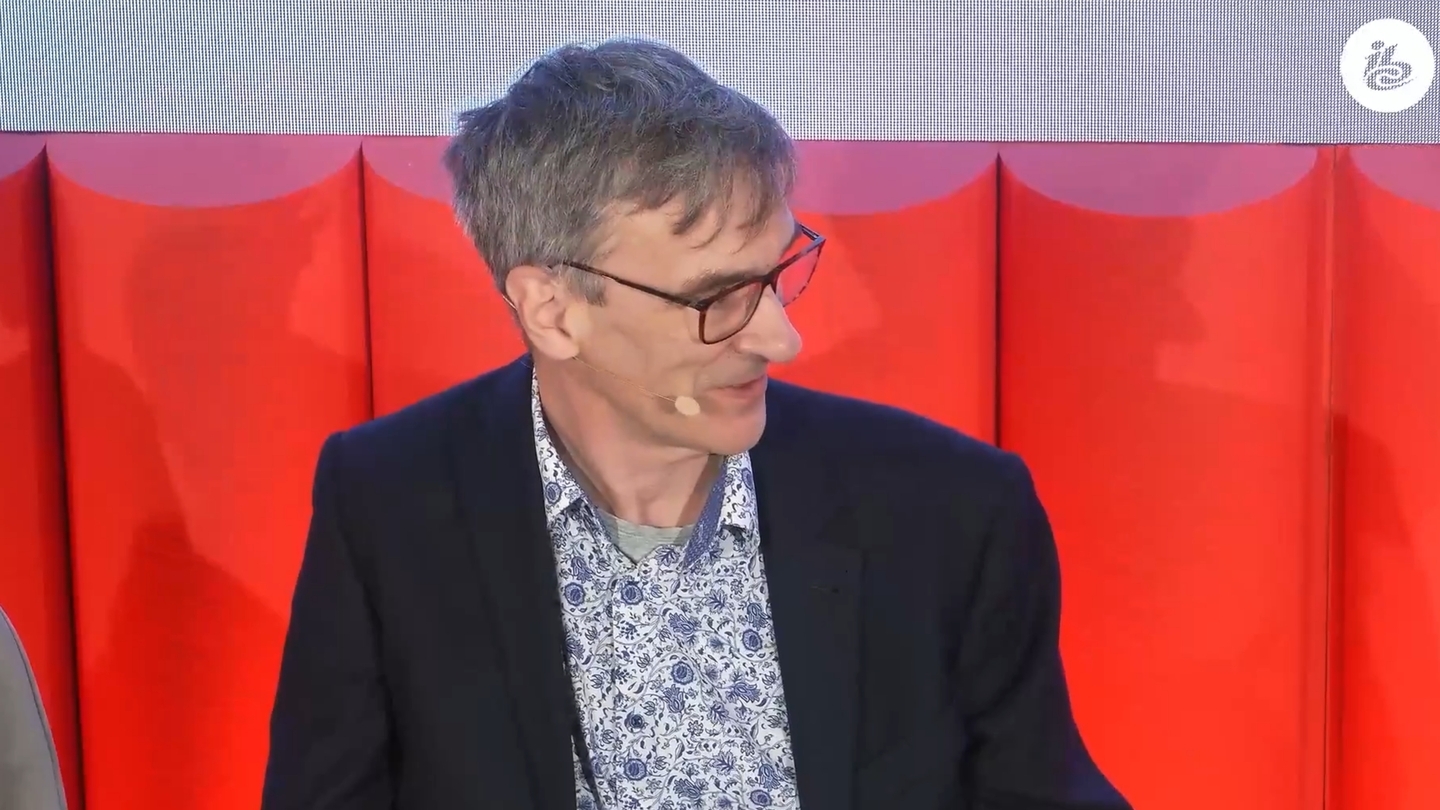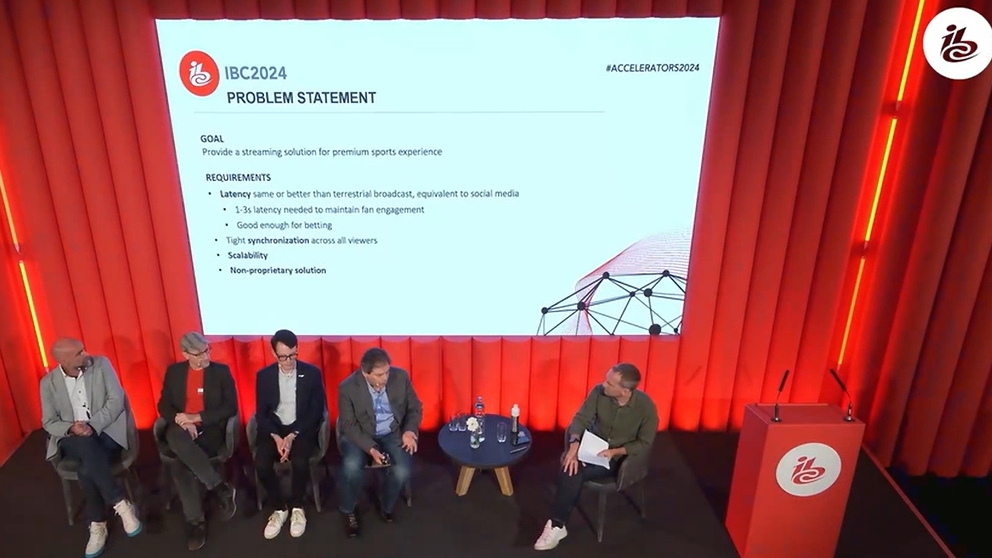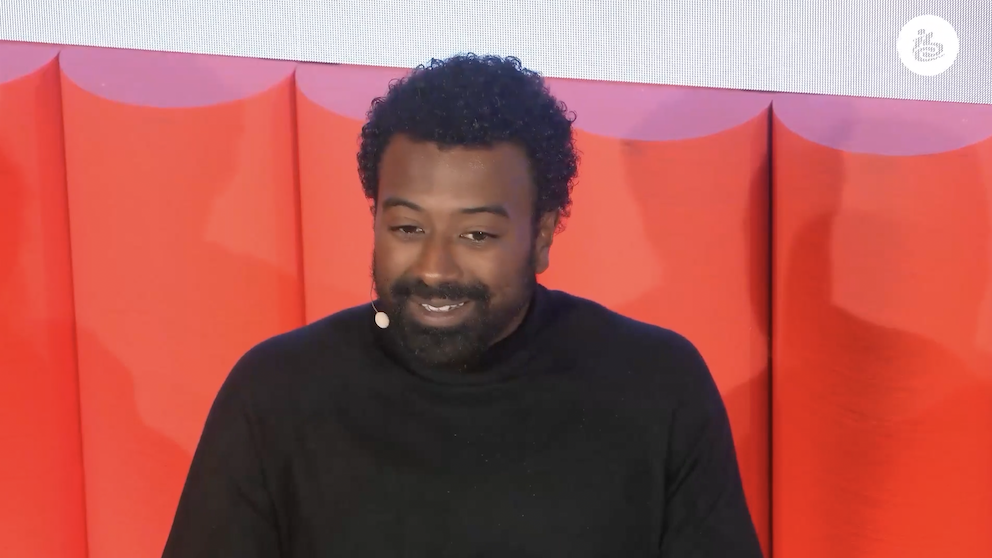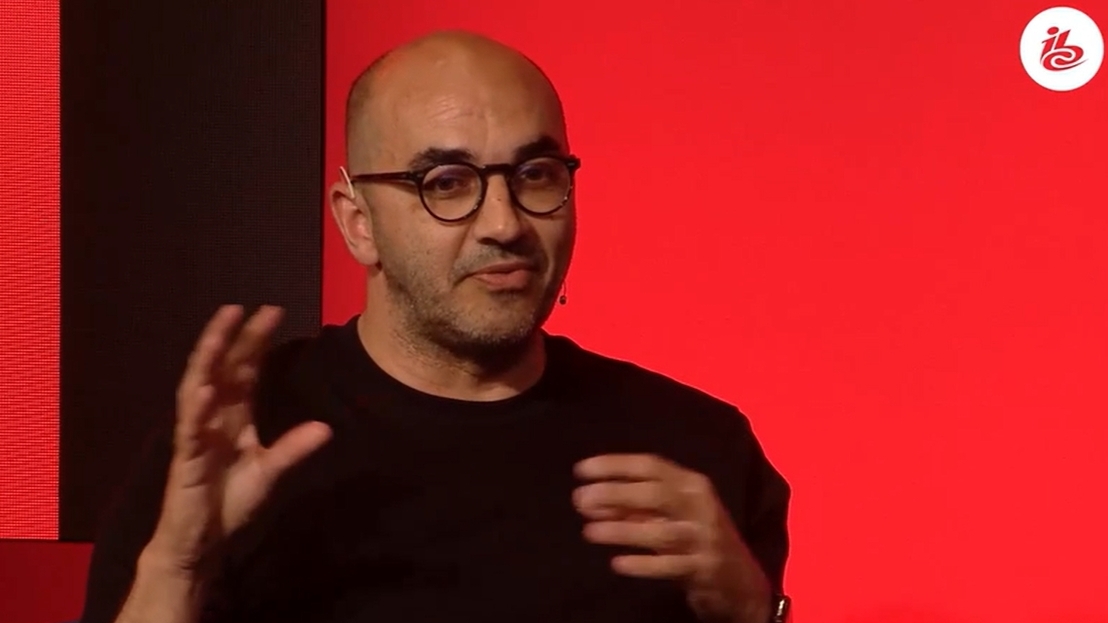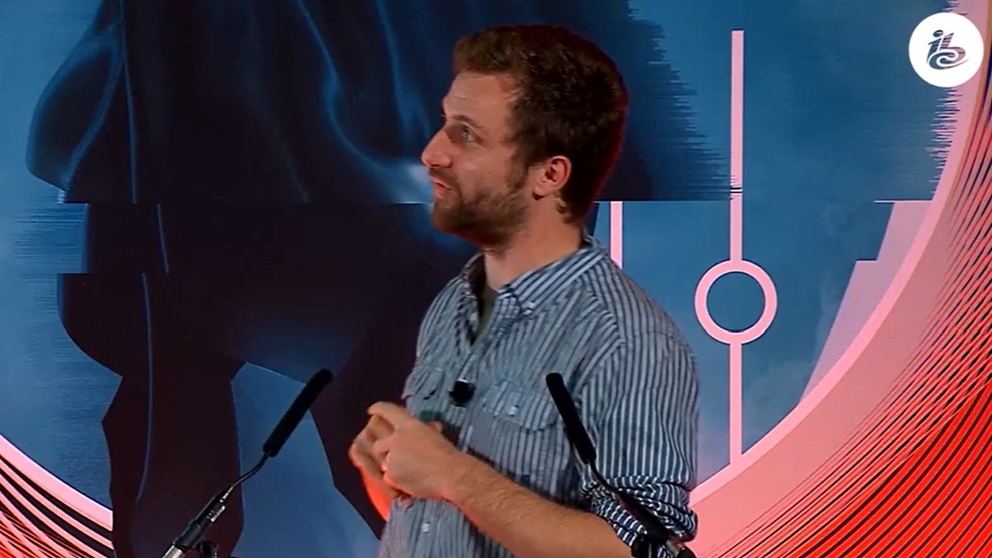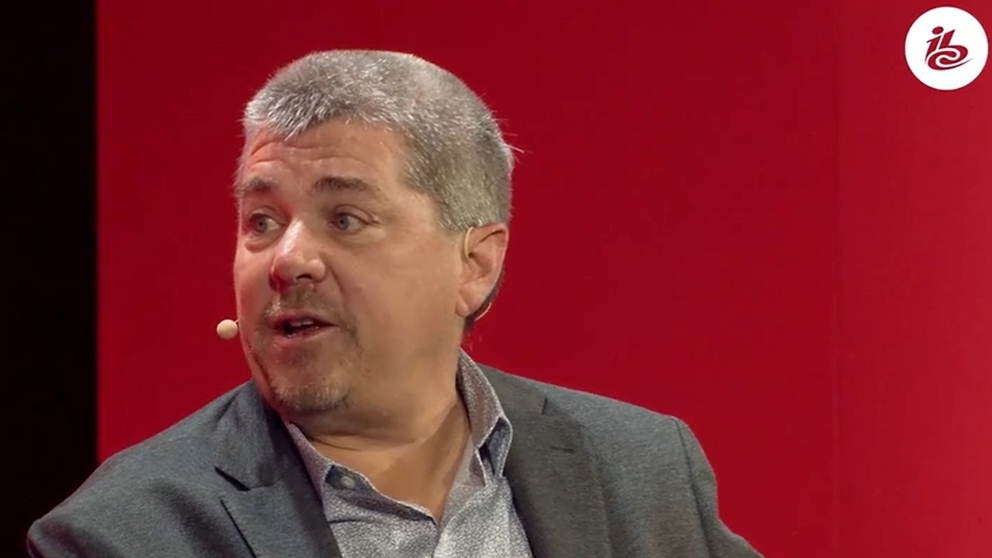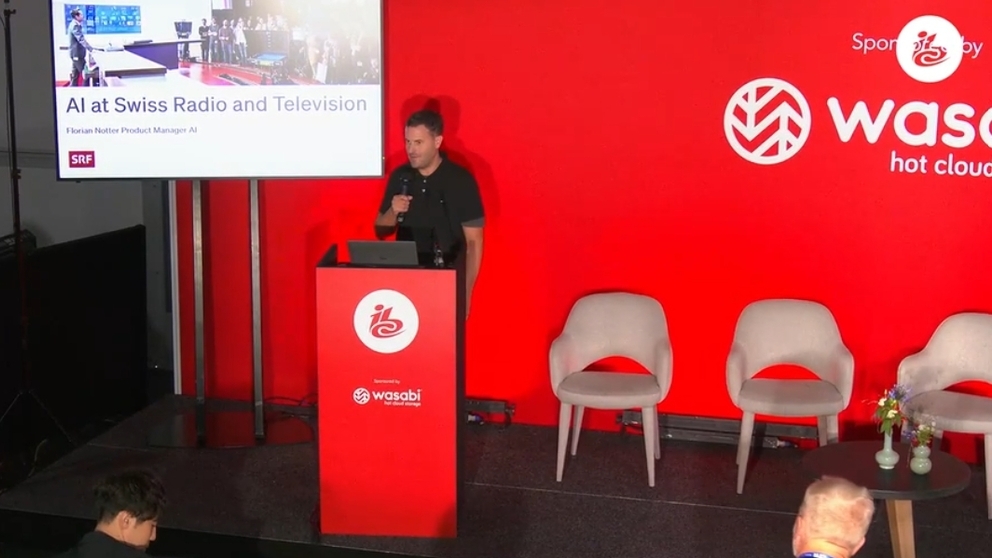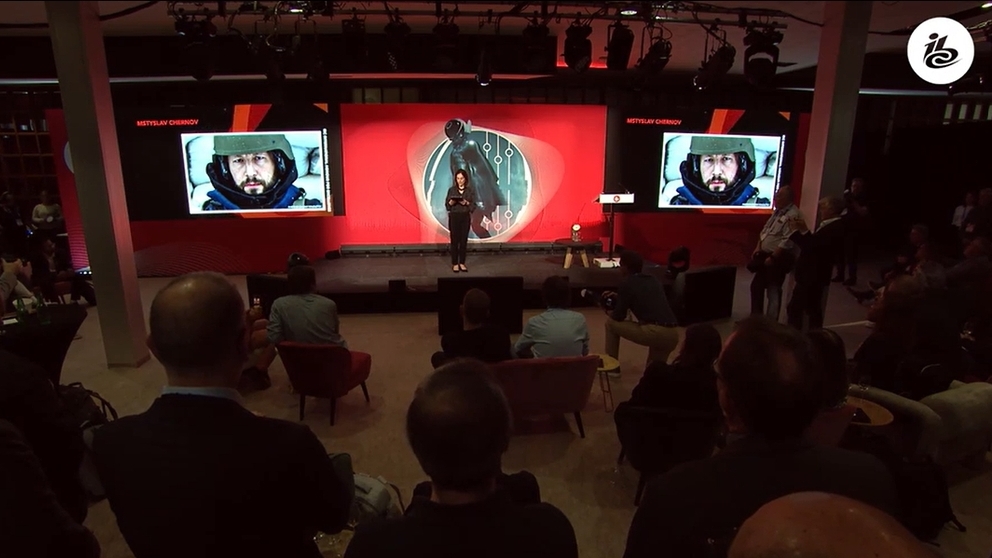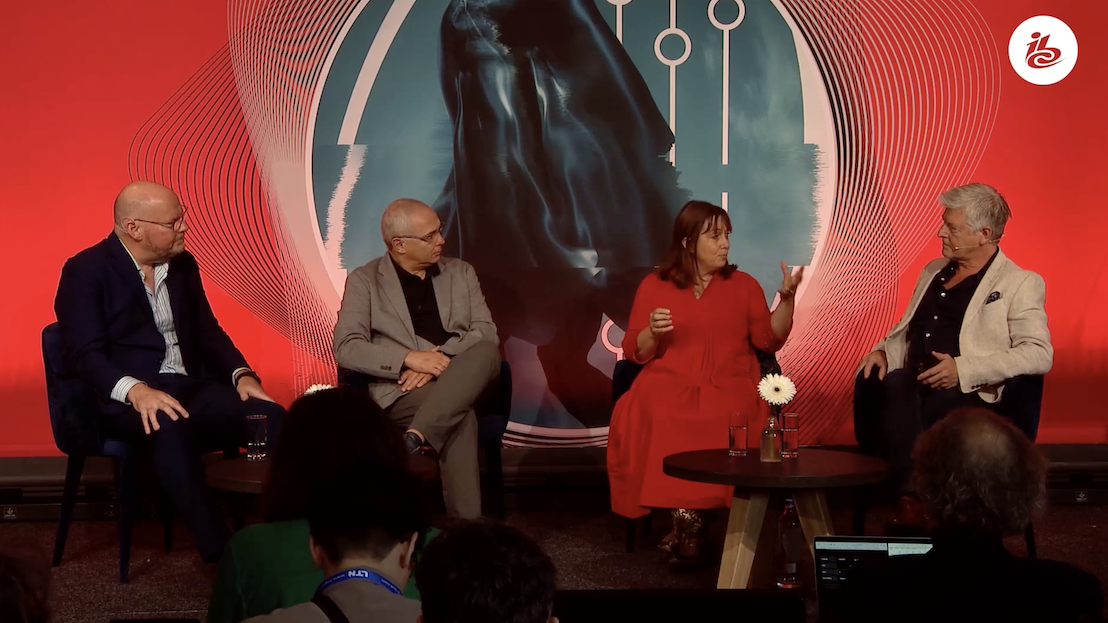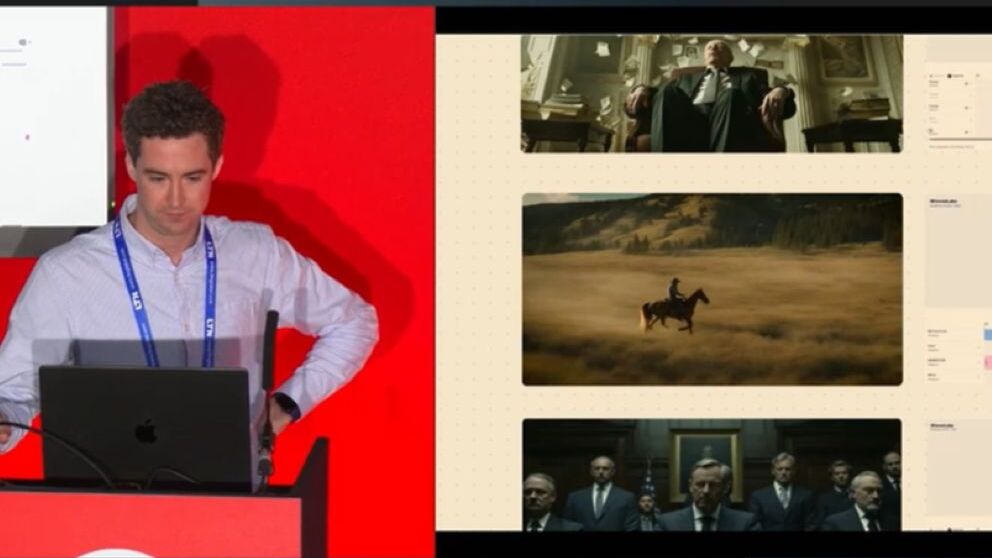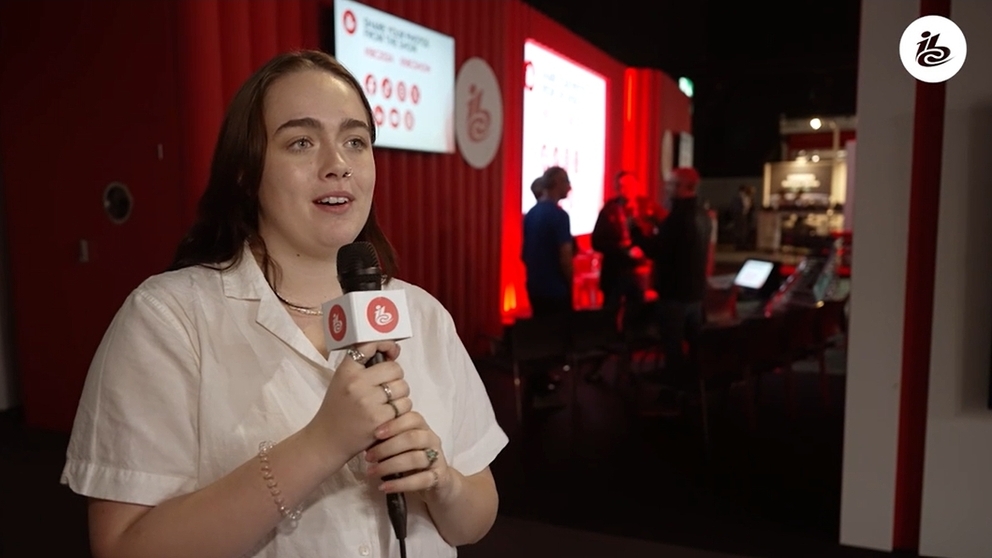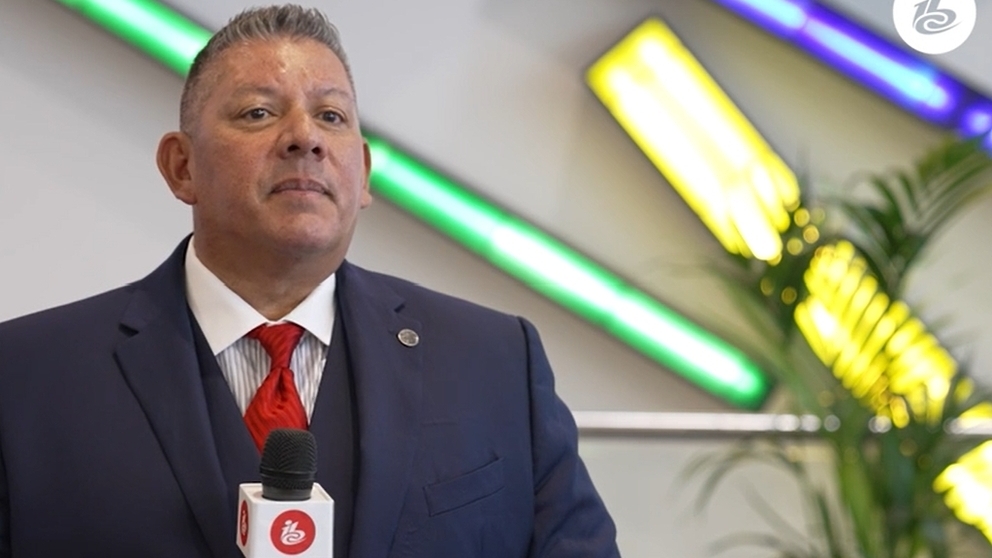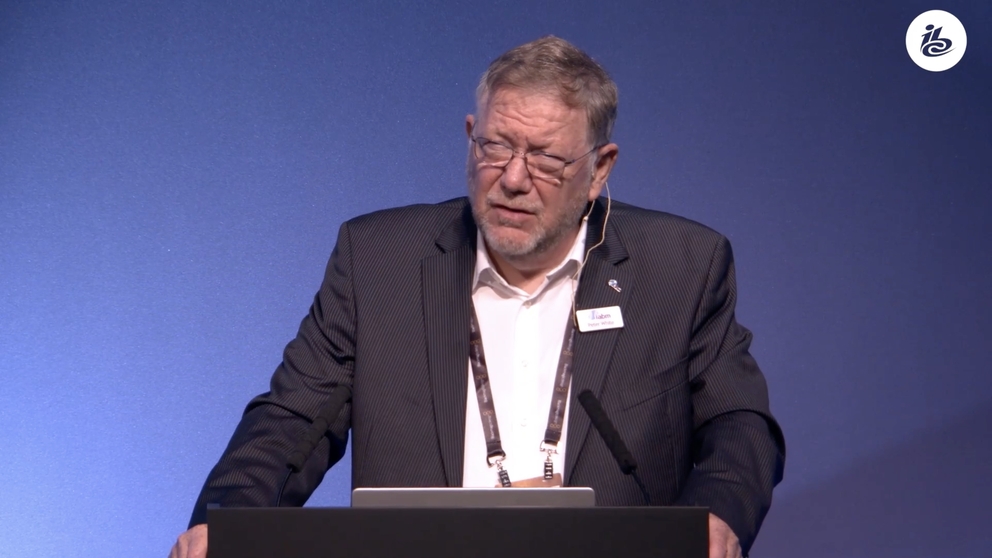Featured
Latest insights
Watch
TOP PICKS
Tutorials


People & Purpose – Tutorial, Ep 3: Calculating, reducing and improving your impact on biodiversity
IBC Show VOD


Media Production without Boundaries: We need to pull together to make these ‘interesting times’ work
IBC Show VOD


Provenance – what can we trust? Challenges of watermarking broadcast streams to prove provenance of a news source
IBC Show VOD


Provenance – what can we trust? Results of C2PA proof of concept test undertaken by the BBC
IBC Show VOD


IBC Accelerators: Interoperability crucial to achieving scalable ultra-low latency streaming
IBC Show VOD


IBC Accelerators: When it comes to disinformation “the line between touch-up and manipulate is hard to call”
IBC Show VOD


IBC Accelerators: “Seeing it work and seeing the future possibilities for Live Performances made it all worthwhile”
Tutorials


Virtual Production – Tutorial, Ep 3: - How to set up a virtual production using Unreal Engine
IBC Show VOD


The UK Television Universe in The User Centric Era: Evan Shapiro and Theresa Wise talk business!
IBC Show VOD


Unlocking Global Business Opportunities Through AI-Driven Localization: A Case Study with Deepdub and Kartoon Channel
IBC Show VOD


MTSS Presents Sustainability in Action: Real-World Case Studies from Media Tech Leaders
IBC Show VOD
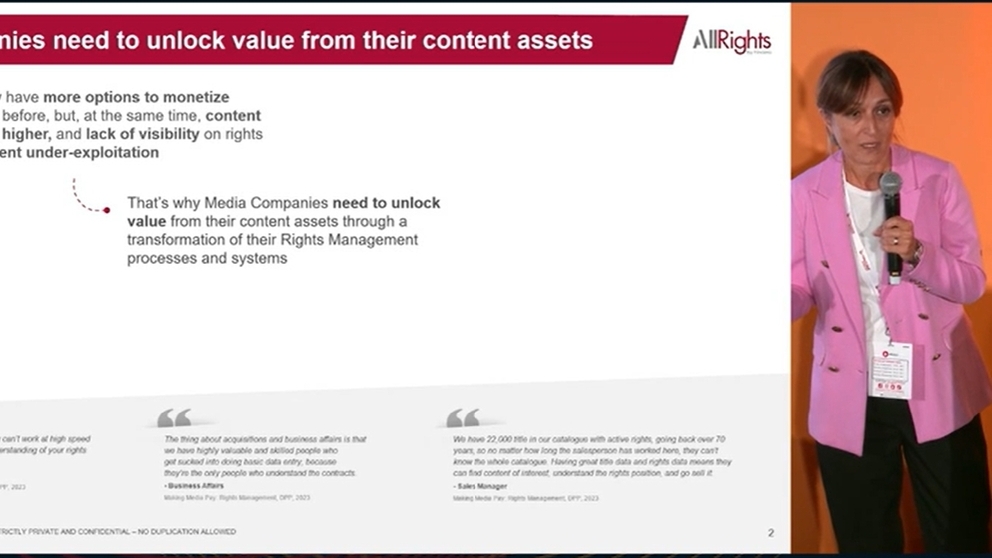

AllRights: The outstanding rights management solution by Fincons to speed up processes, reduce manual errors and optimise content exploitation & monetisation
IBC Show VOD
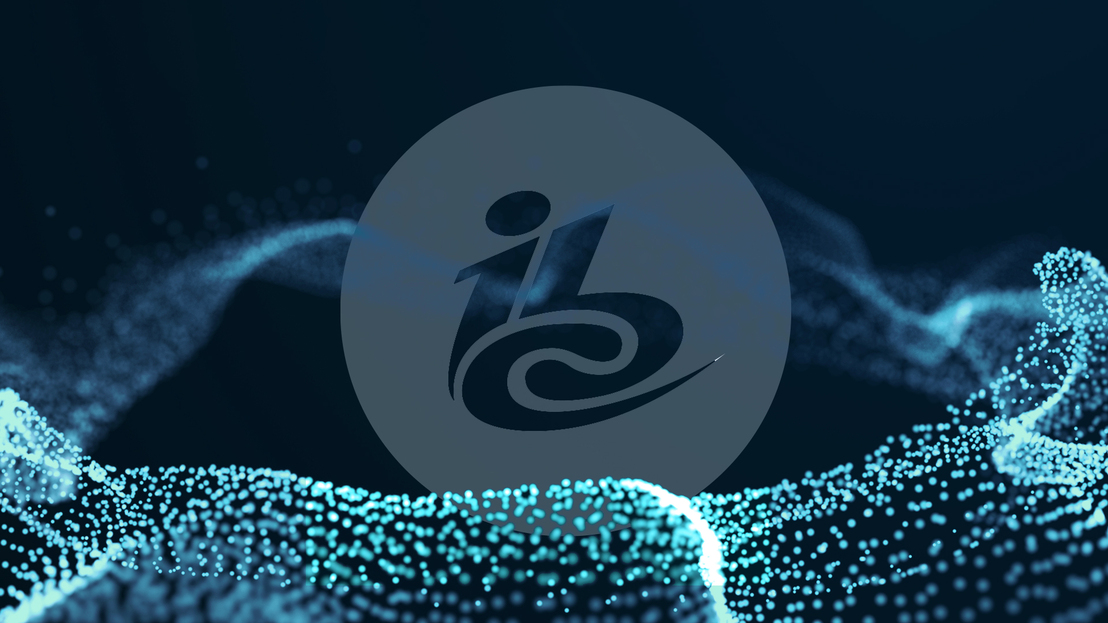
Empowering Media Companies with AI Solutions: Transforming Engagement and Discoverability
TUTORIALS & INTERVIEWS
IBC HIGHLIGHTS
IBC Show VOD


Prime Video’s Girish Bajaj: Adding live sports to existing offerings required a fundamental rebuild
IBC Show VOD


IBC Accelerators: When it comes to disinformation “the line between touch-up and manipulate is hard to call”
IBC Show VOD


IBC Accelerators: Interoperability crucial to achieving scalable ultra-low latency streaming
IBC Show VOD


IBC Accelerators: “Seeing it work and seeing the future possibilities for Live Performances made it all worthwhile”
IBC Show VOD
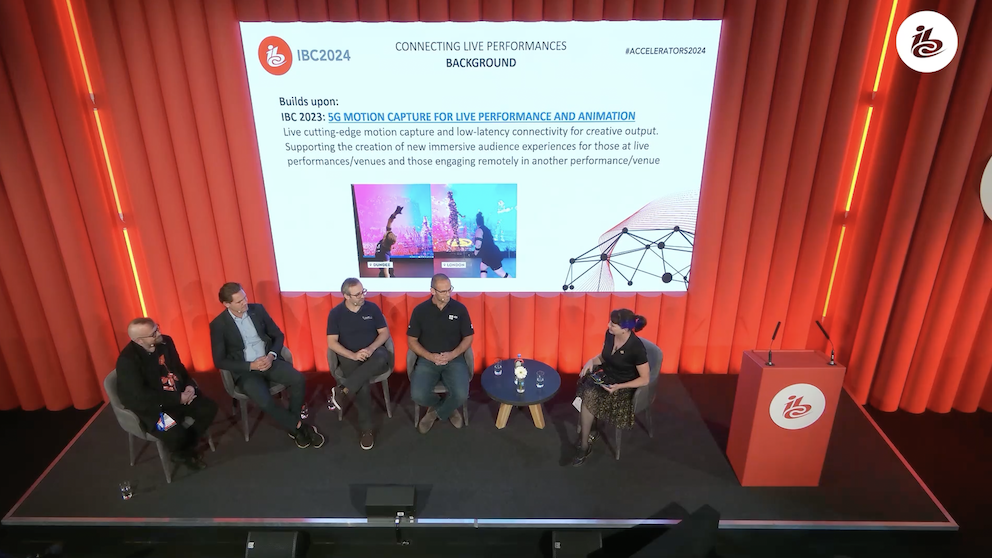
IBC Accelerators: “If Oasis were looking into tech like this…what might that mean for them and their fans?”
IBC Show VOD


Provenance – what can we trust? Results of C2PA proof of concept test undertaken by the BBC
IBC Show VOD


Provenance – what can we trust? Challenges of watermarking broadcast streams to prove provenance of a news source
IBC Show VOD


IBC Keynote - At the intersection of AI and creativity: “Where we are is where we were always going to be”
IBC Show VOD

Media Production without Boundaries: “There’s a lot of cool stuff we could do but why should we do it.”
IBC Show VOD


Media Production without Boundaries: We need to pull together to make these ‘interesting times’ work
IBC Show VOD
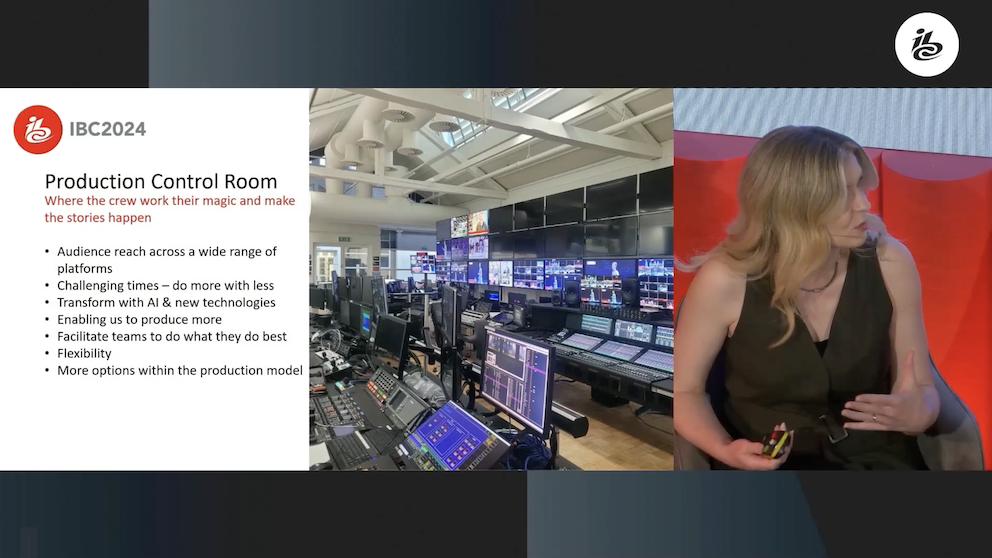

Accelerators - Evolution of the Control Room: helping content creators to produce a show “without advanced technical expertise”
IBC Show VOD
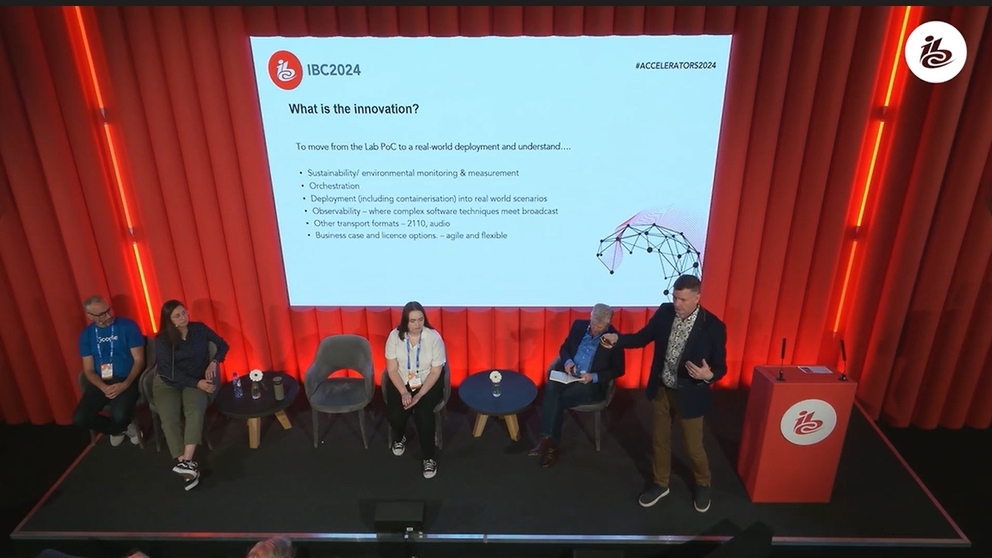

IBC Accelerators - CAPA II project will help broadcasters to “fundamentally shift” to software-defined solutions
IBC Show VOD


Creating digital linear channels that seamlessly integrate sports and news for all platforms - including FAST
IBC Show VOD


IBC Accelerators - ECOFLOW: Picking the right parameters critical to measuring improvements in sustainability
IBC Show VOD


IBC Keynote - At the intersection of AI and creativity: “The best people with the best tools do the best work”
IBC Show VOD


IBC Accelerators - Evolution of the Control Room: AI assistance unlocks potential for voice-controlled automation
IBC Show VOD


IBC Opening Session highlight – Navigating a new Media Landscape: the Journey Starts Here
IBC Show VOD

Olympics 2024: Technology to broadcast beyond expectations - ‘it isn’t all cloud and AI!’
IBC Show VOD

CEO & Founders panel: Women-led generative AI startups reimagining media & entertainment
IBC Show VOD

American Cinema Editors (ACE): Job ter Burg on how AI is extending the editor’s toolkit
IBC Show VOD


Inclusive Innovation: Renard Jenkins on Building Collaborative Foundations in Media and Tech
IBC Show VOD


Delivering NHL content over 5G networks: “Everyone has the same goal at NHL - to grow the game”
IBC Show VOD


American Cinema Editors (ACE): Job ter Burg on how AI is extending the editor's toolkit
IBC Show VOD

The UK Television Universe in The User Centric Era: Evan Shapiro and Theresa Wise talk business!
IBC Show VOD



.jpg)





.jpg?t=sq736px)



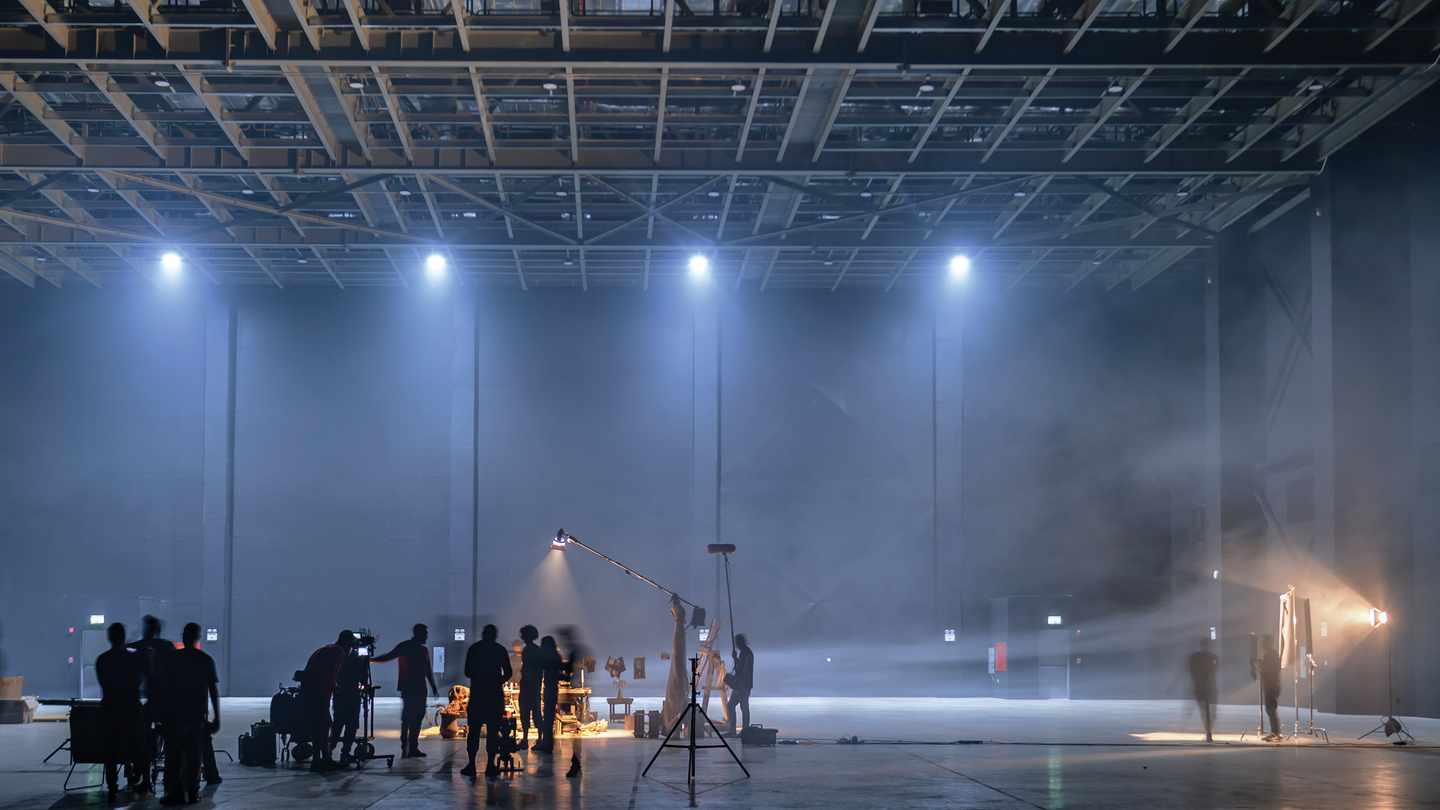
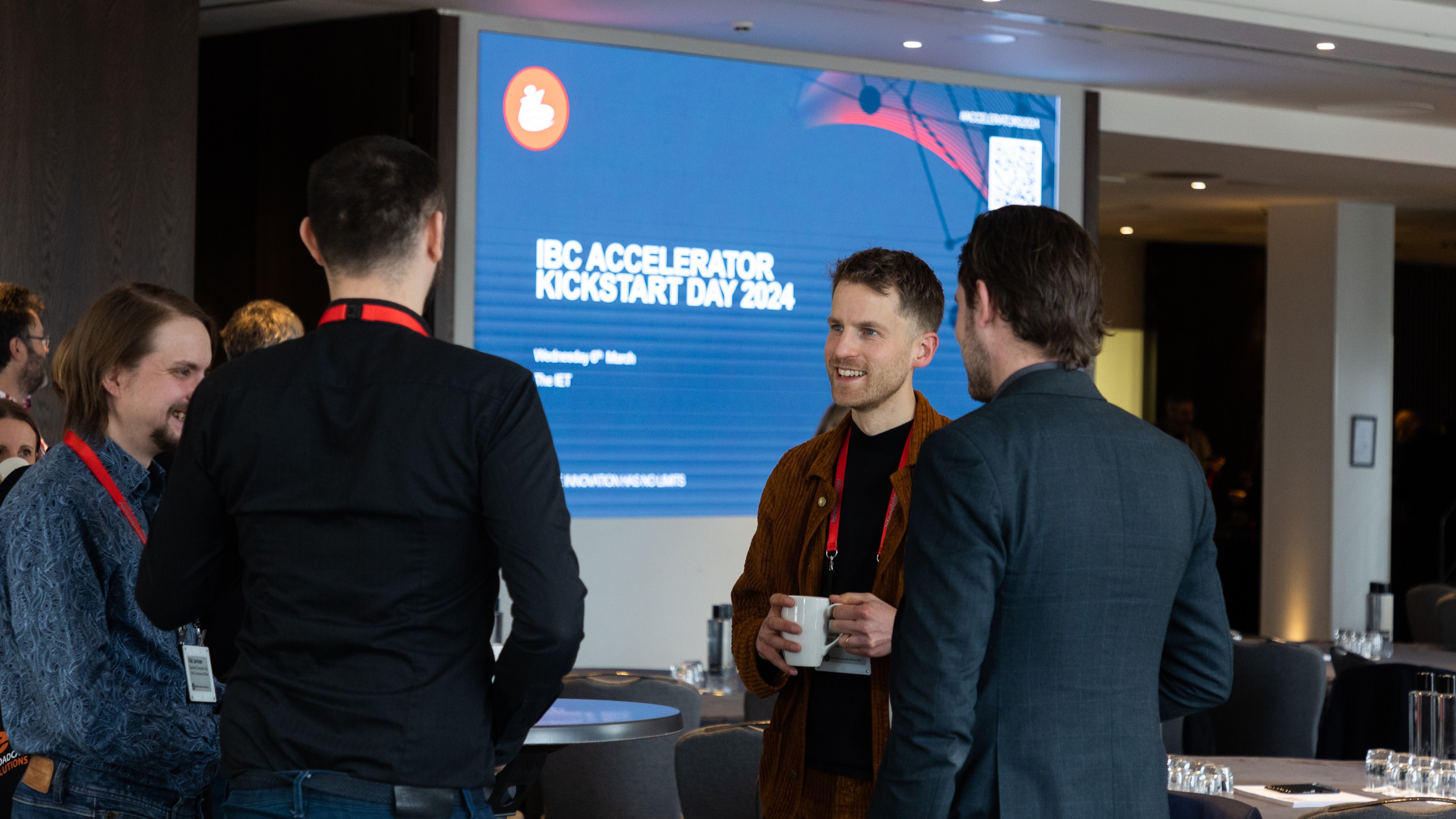






.jpg)




.jpg)

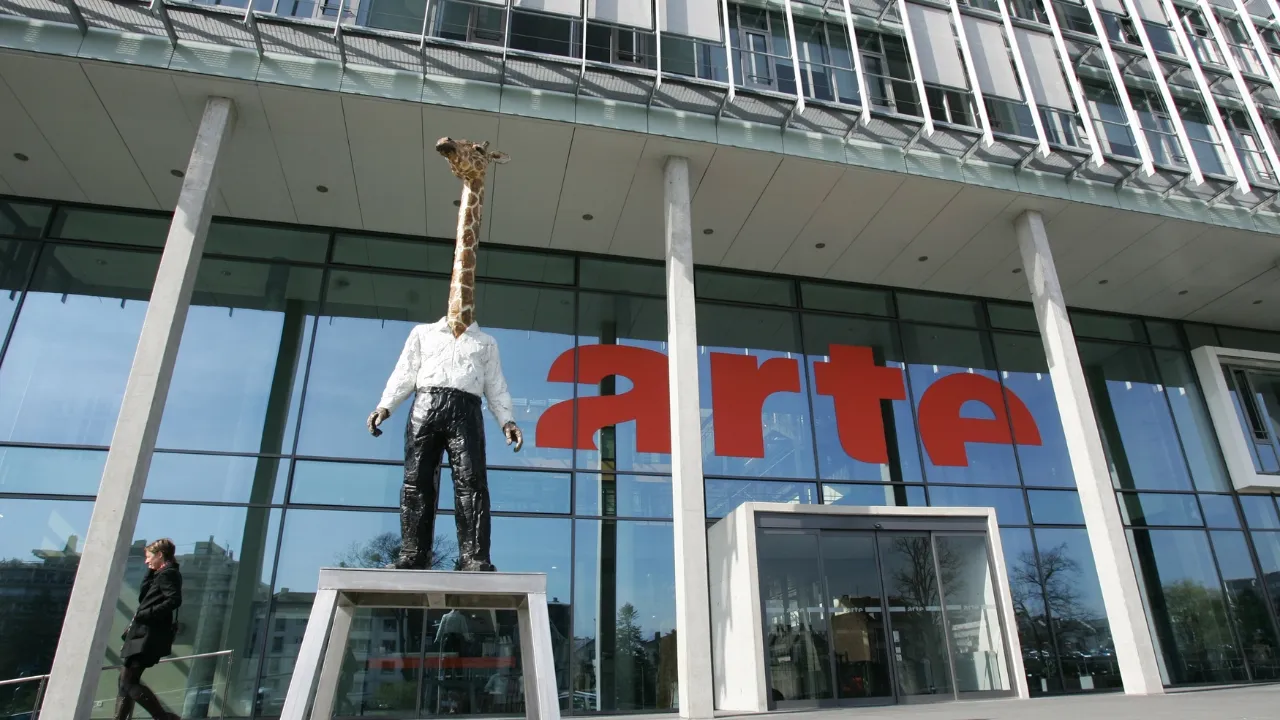


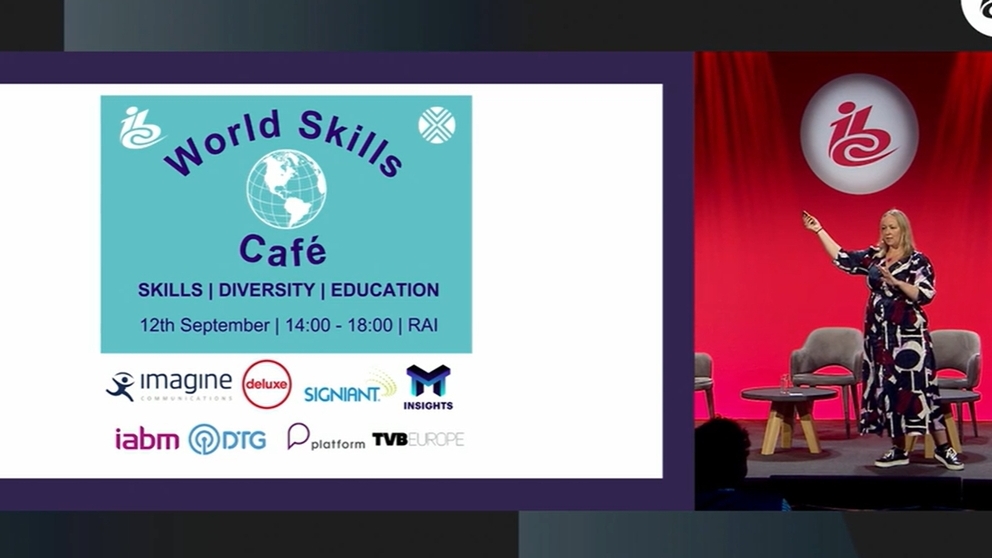


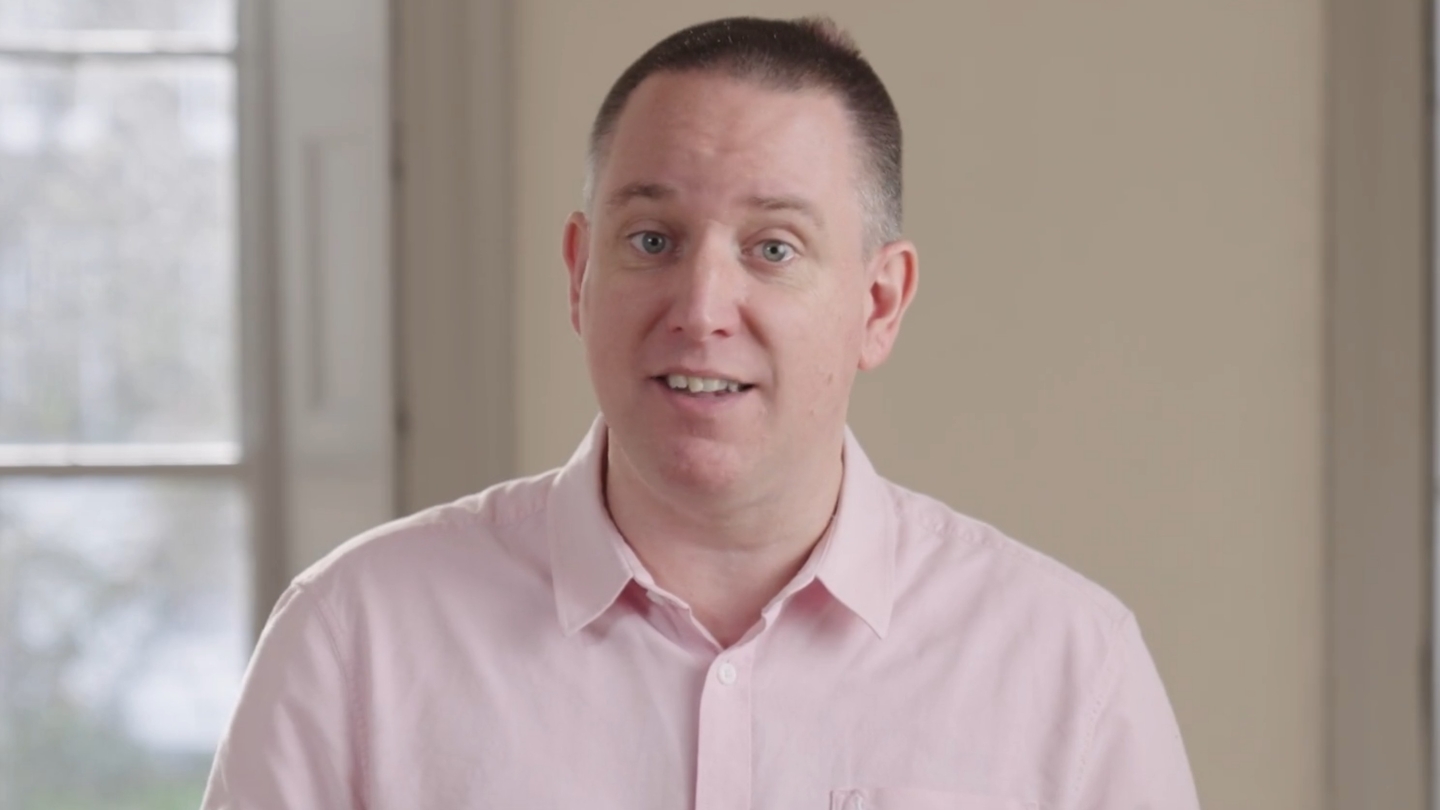

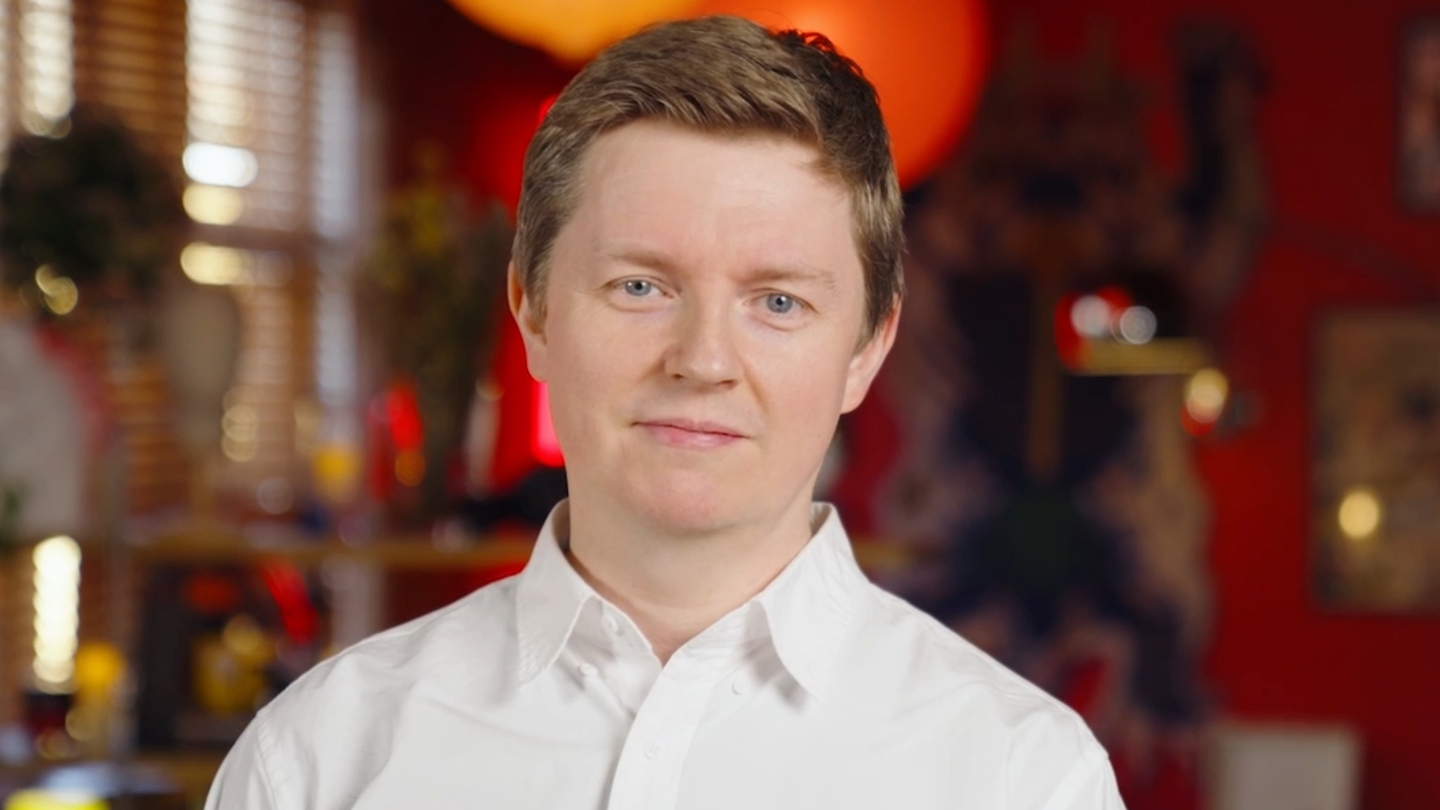
.jpg)


